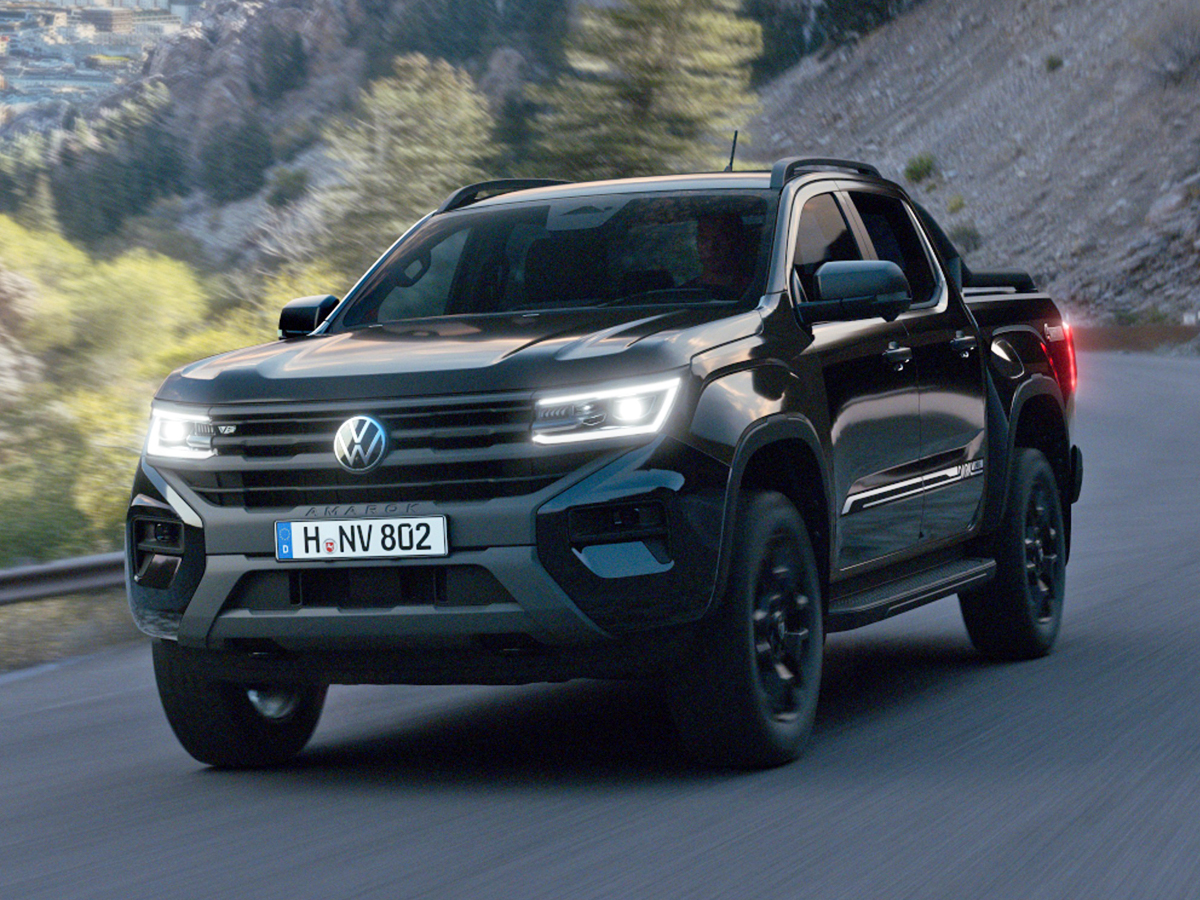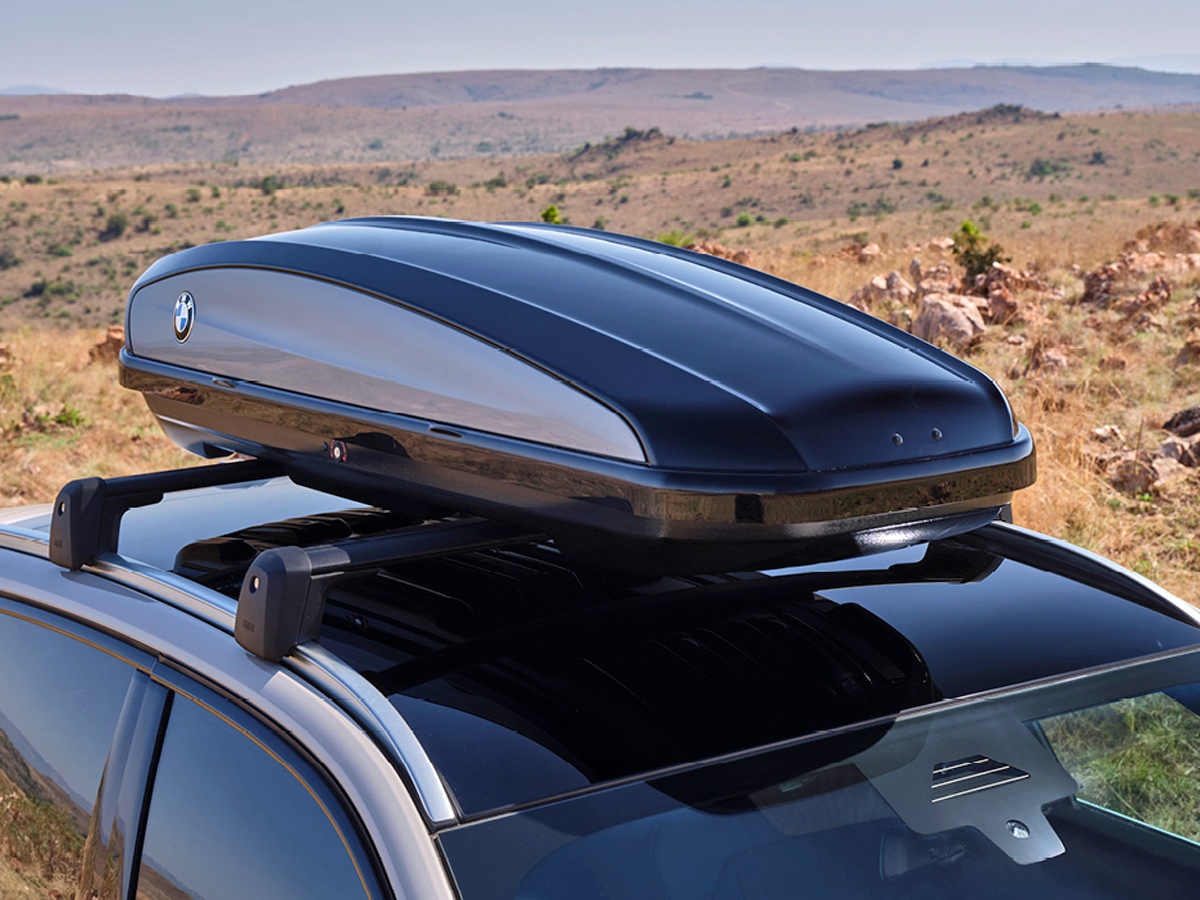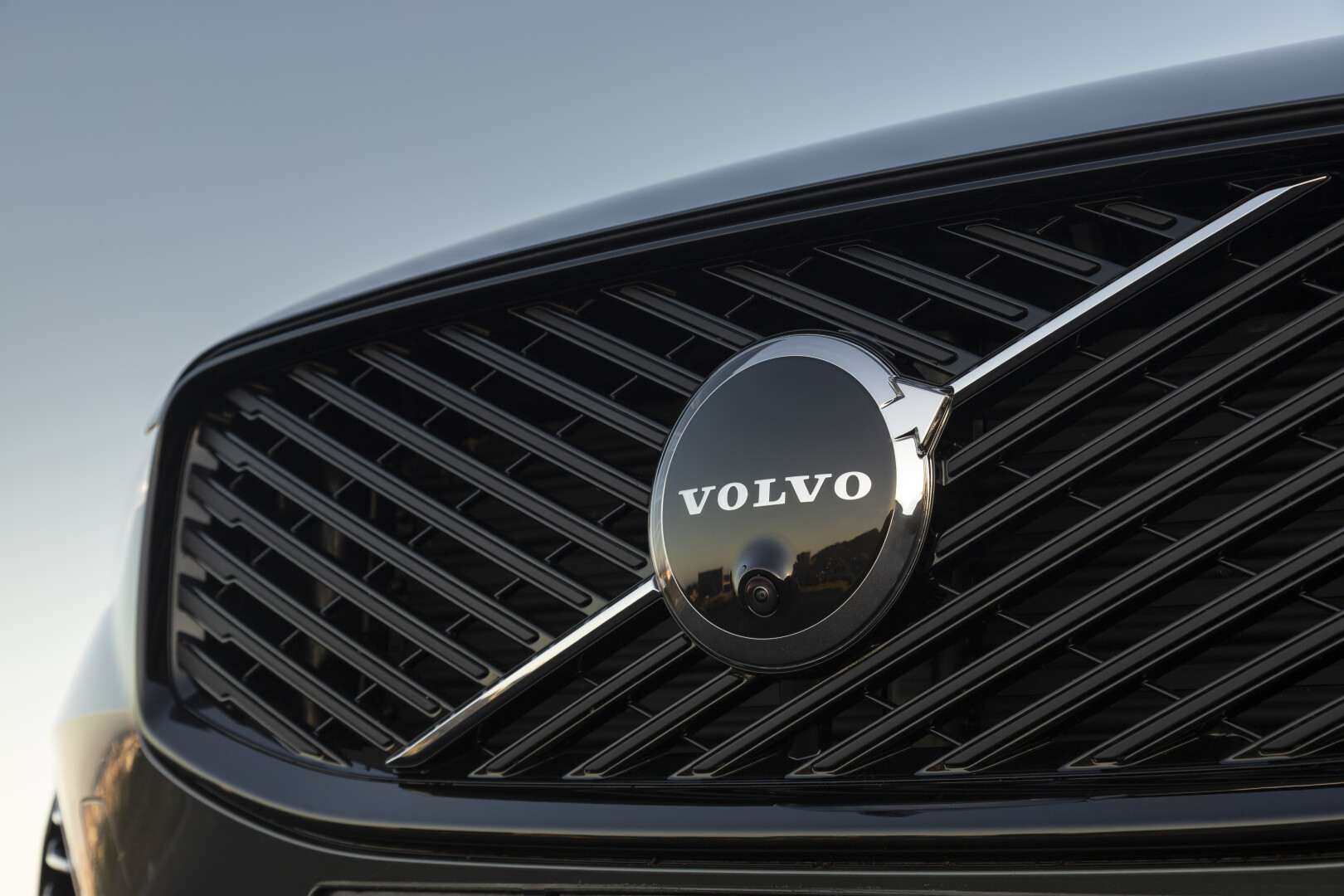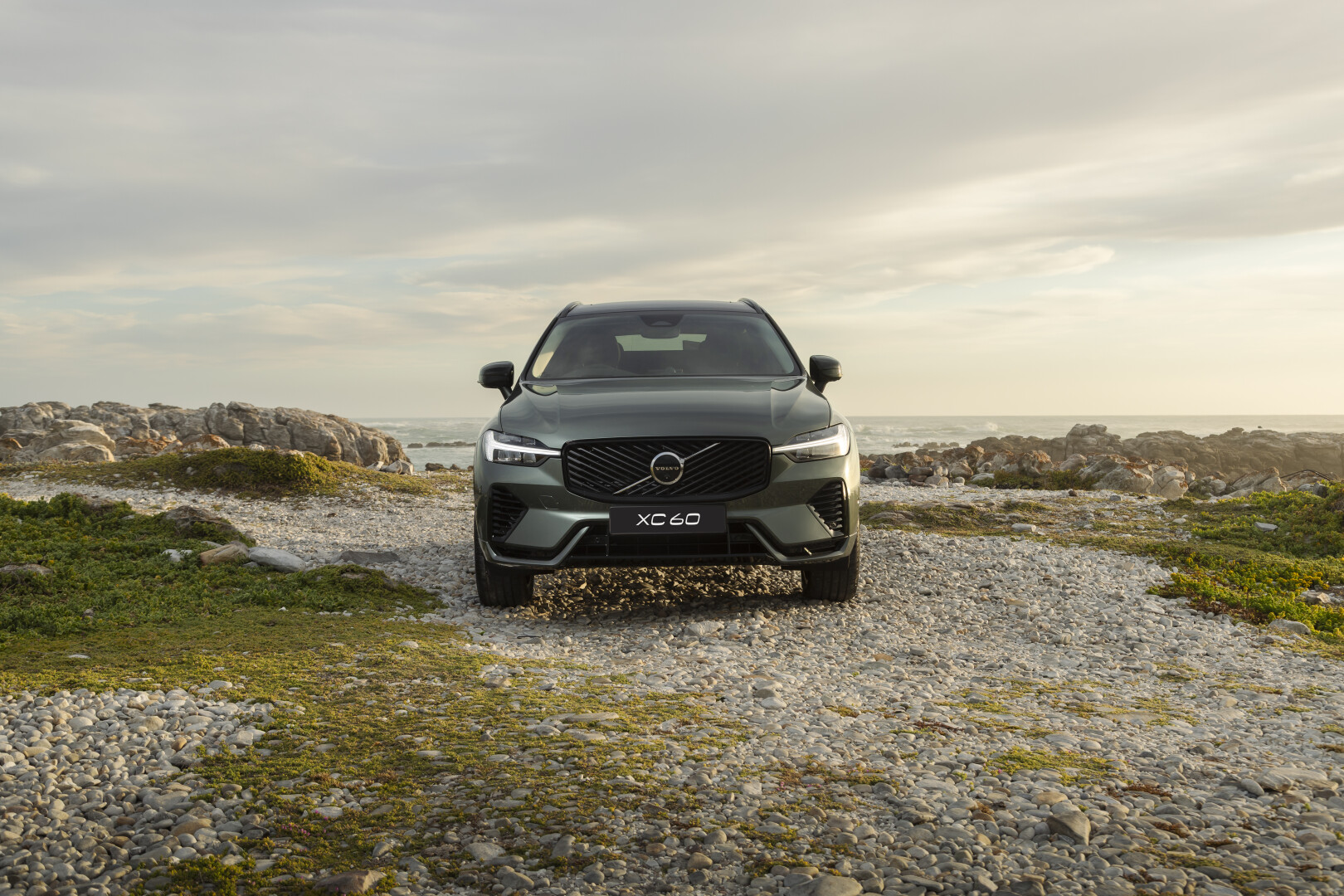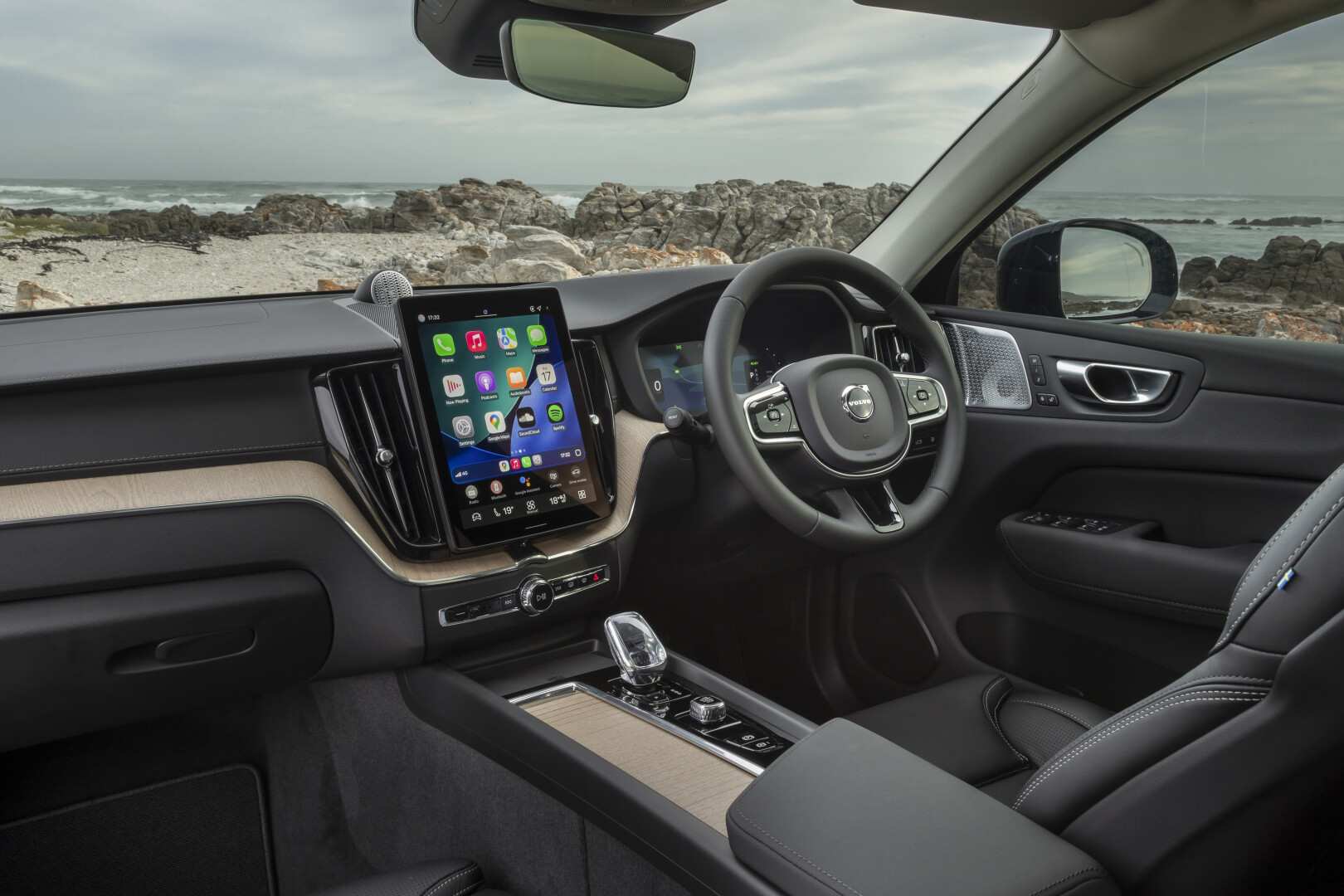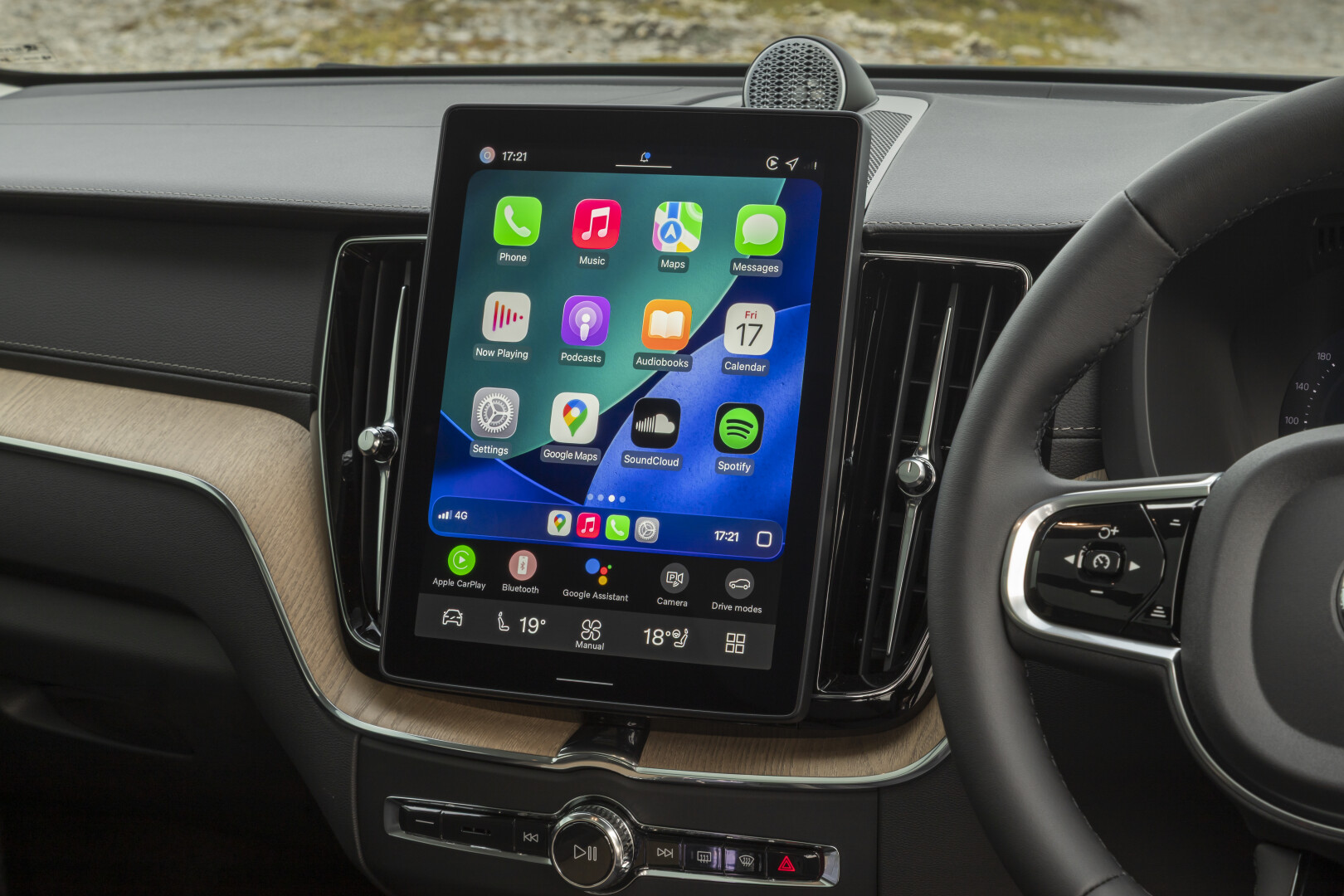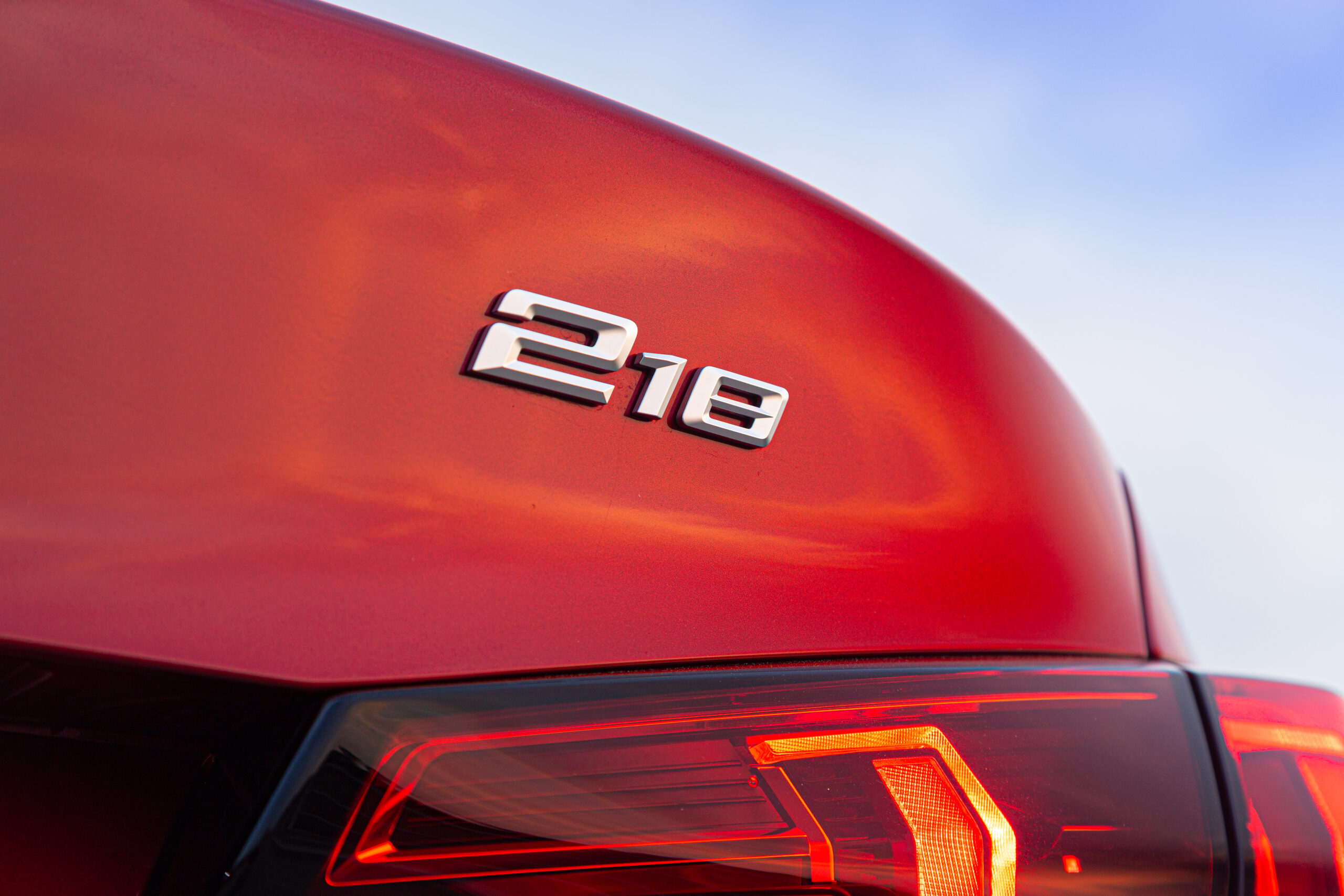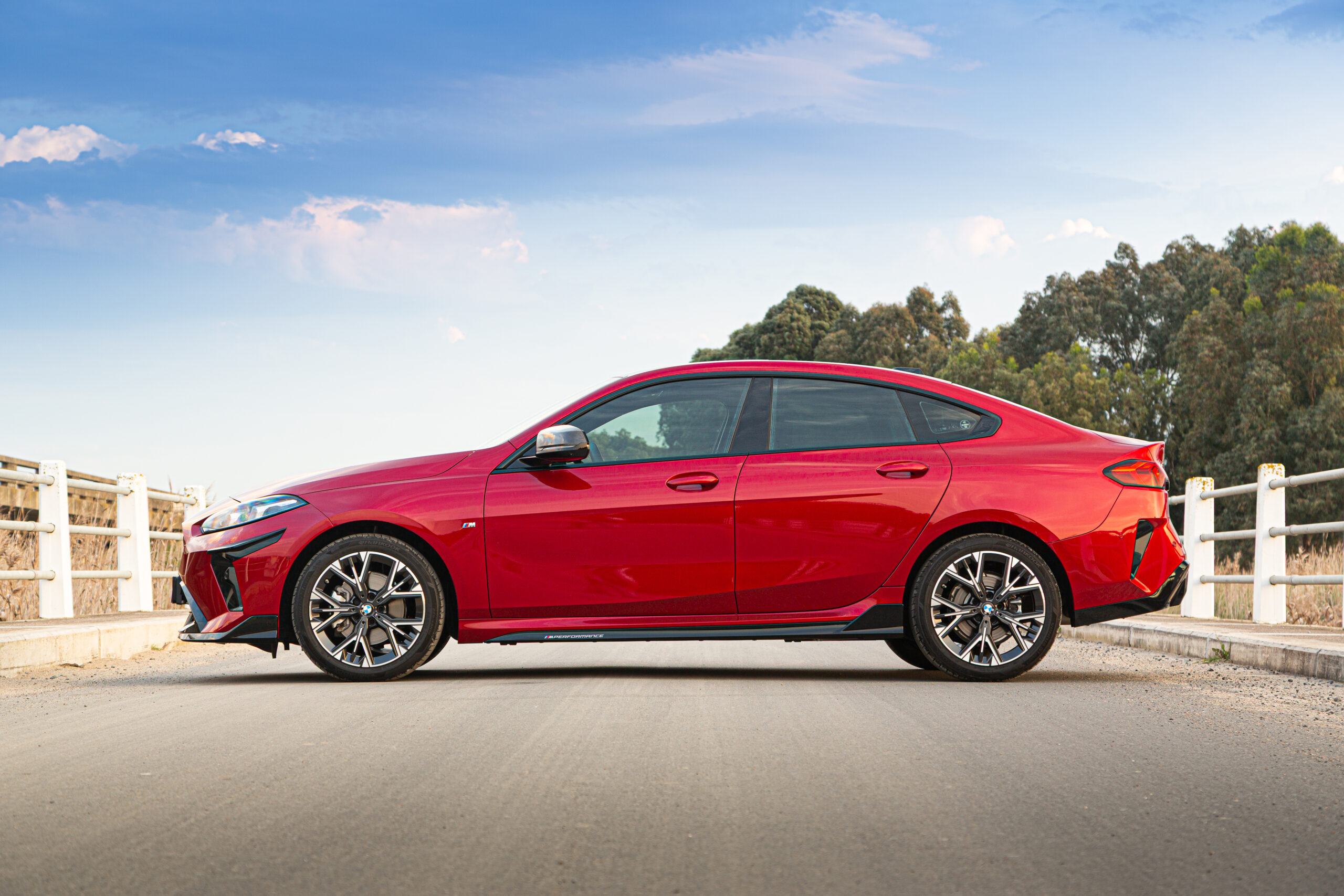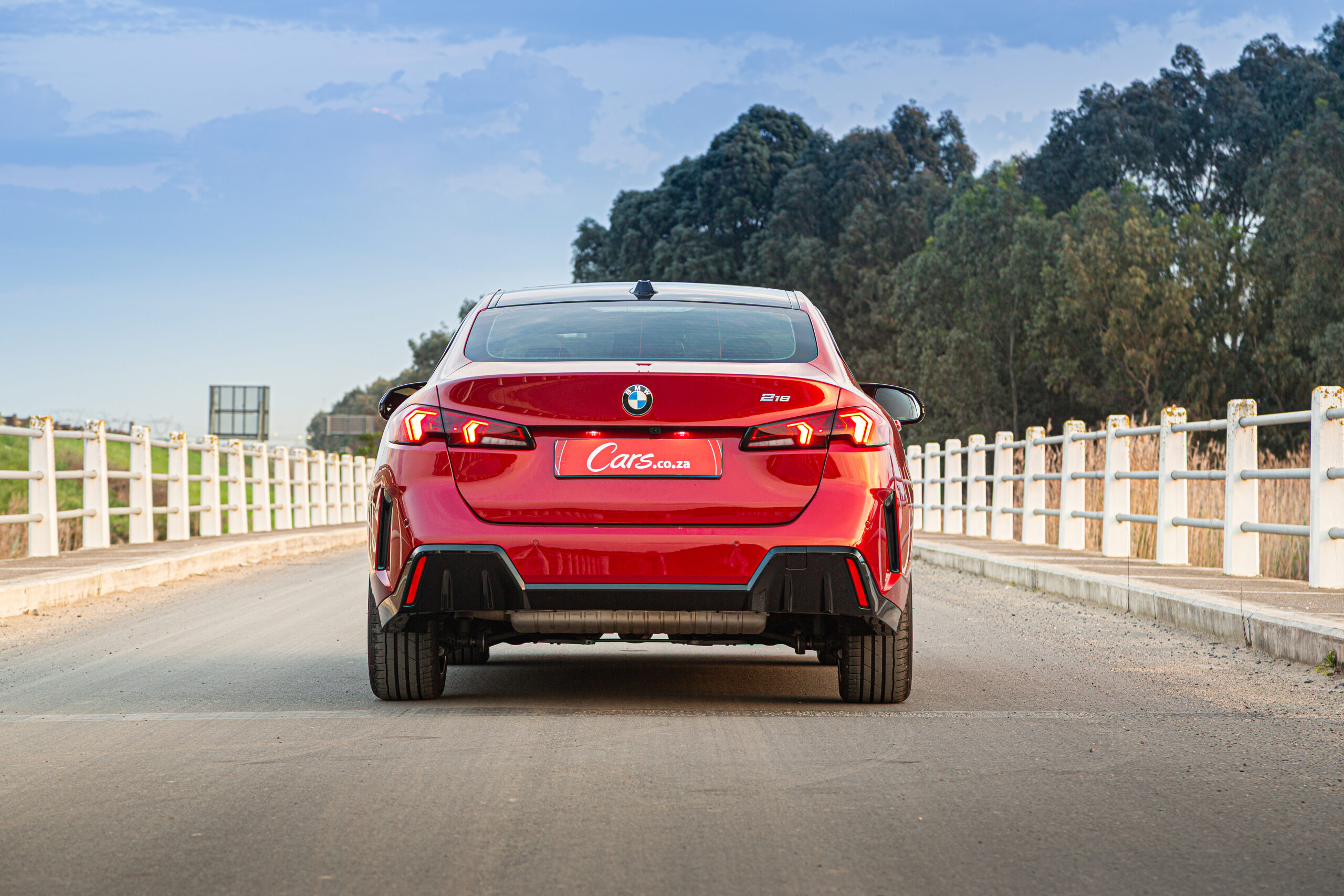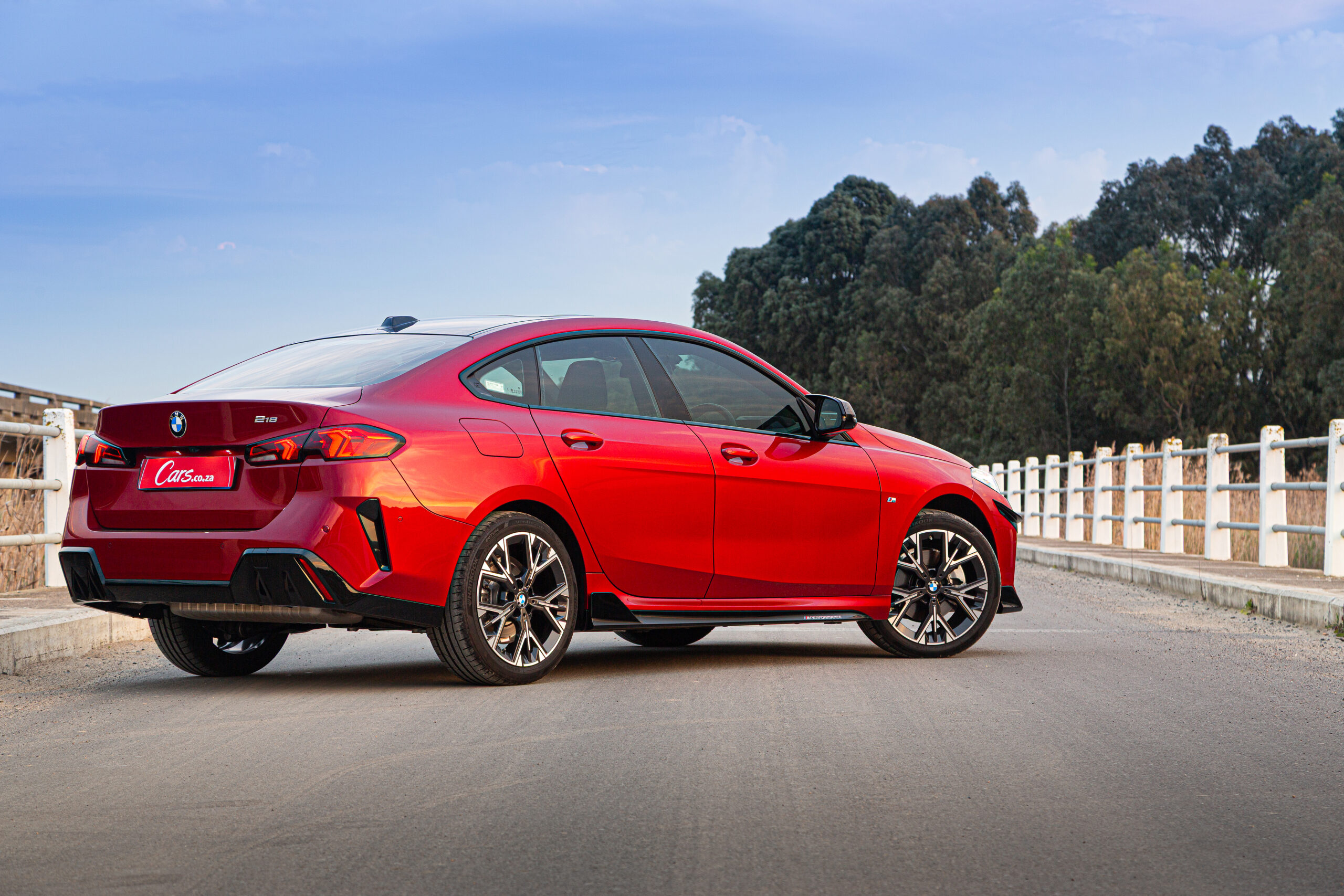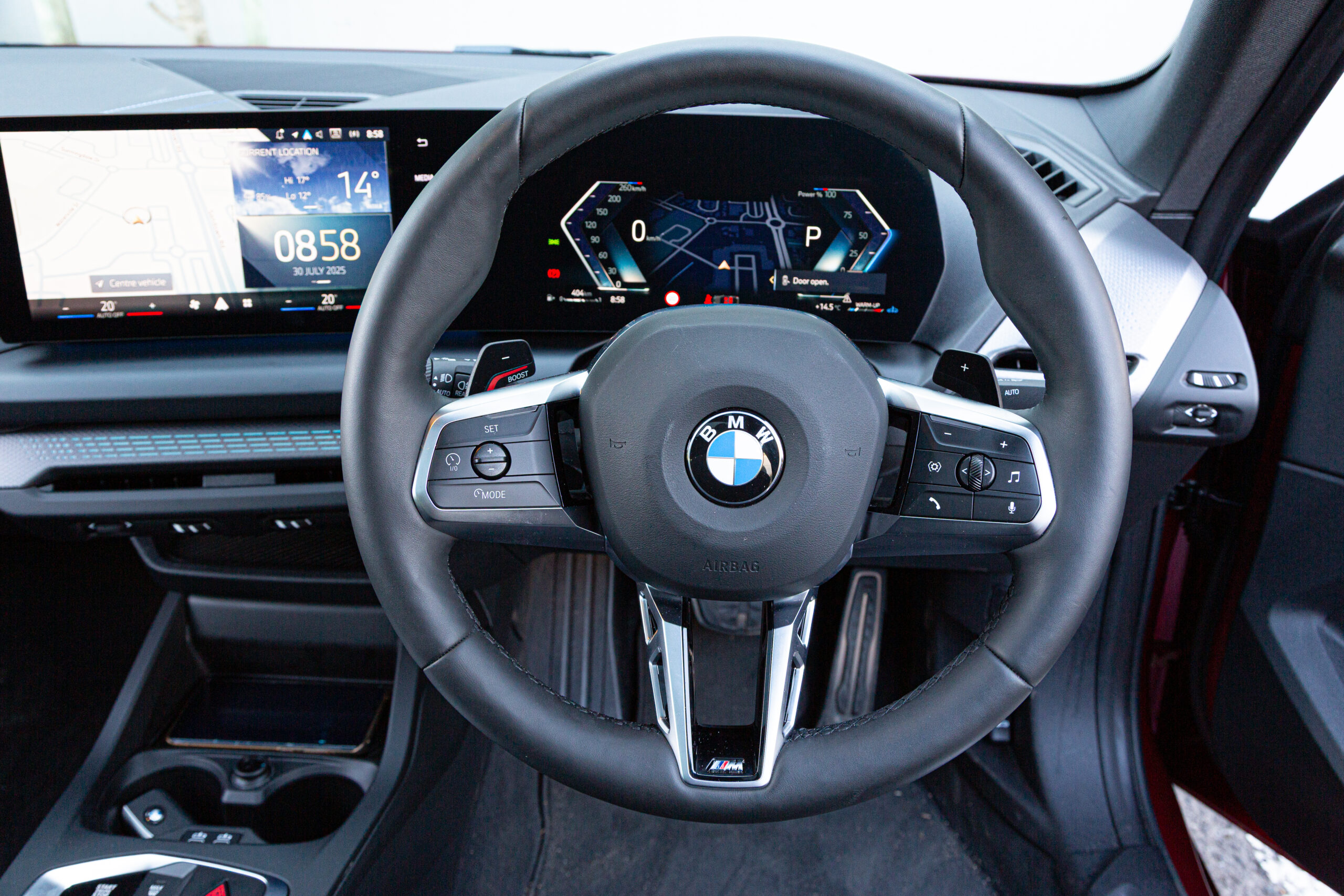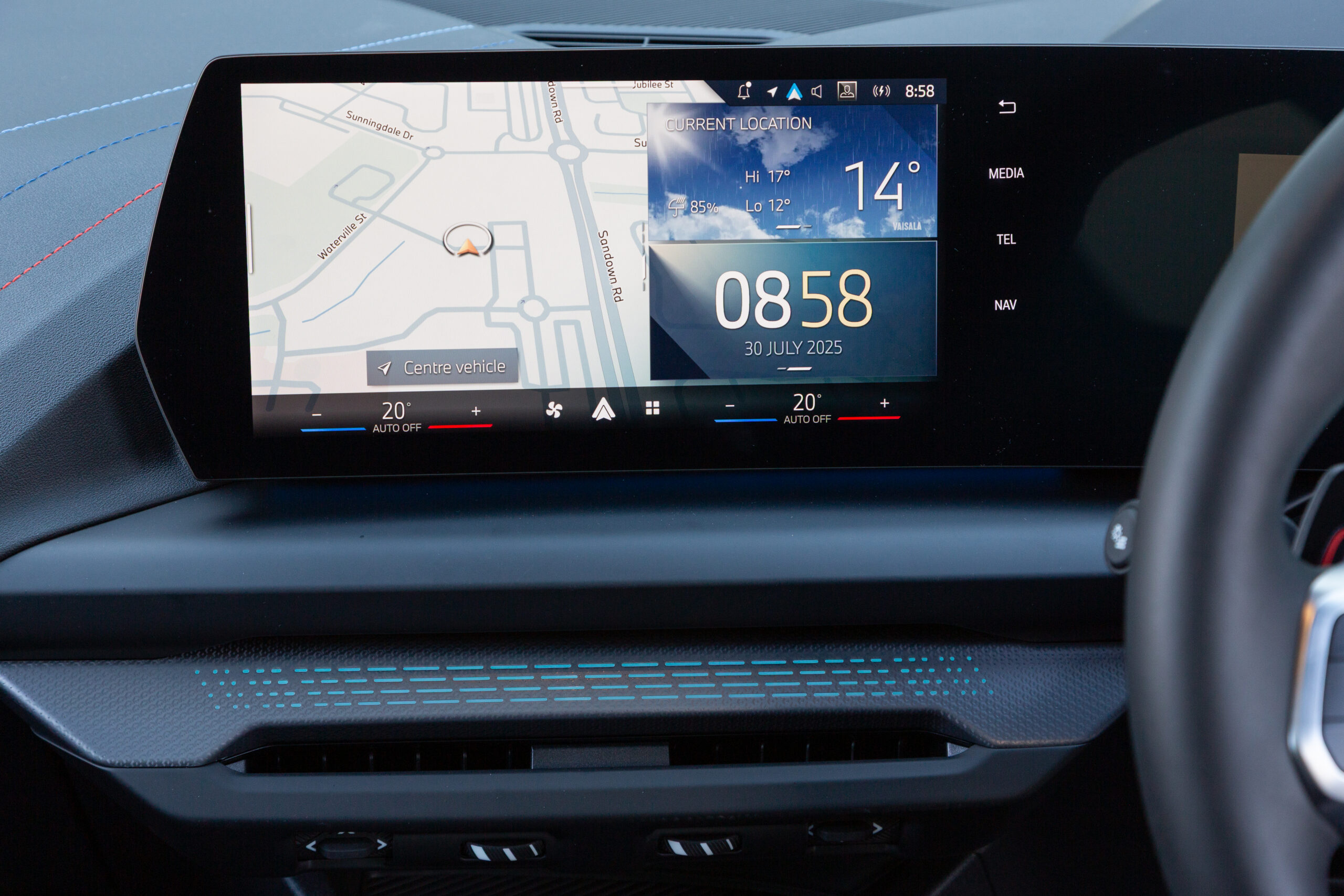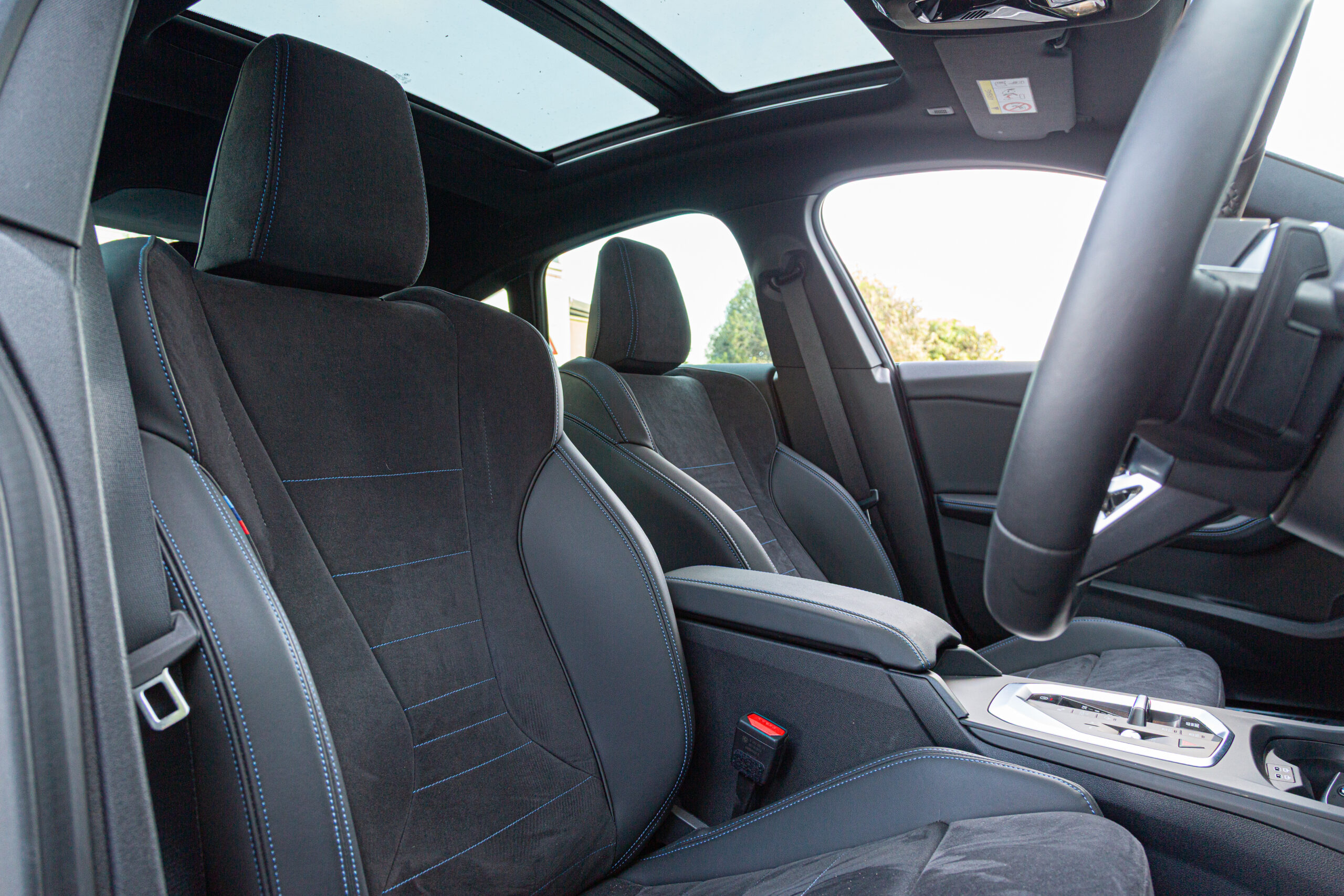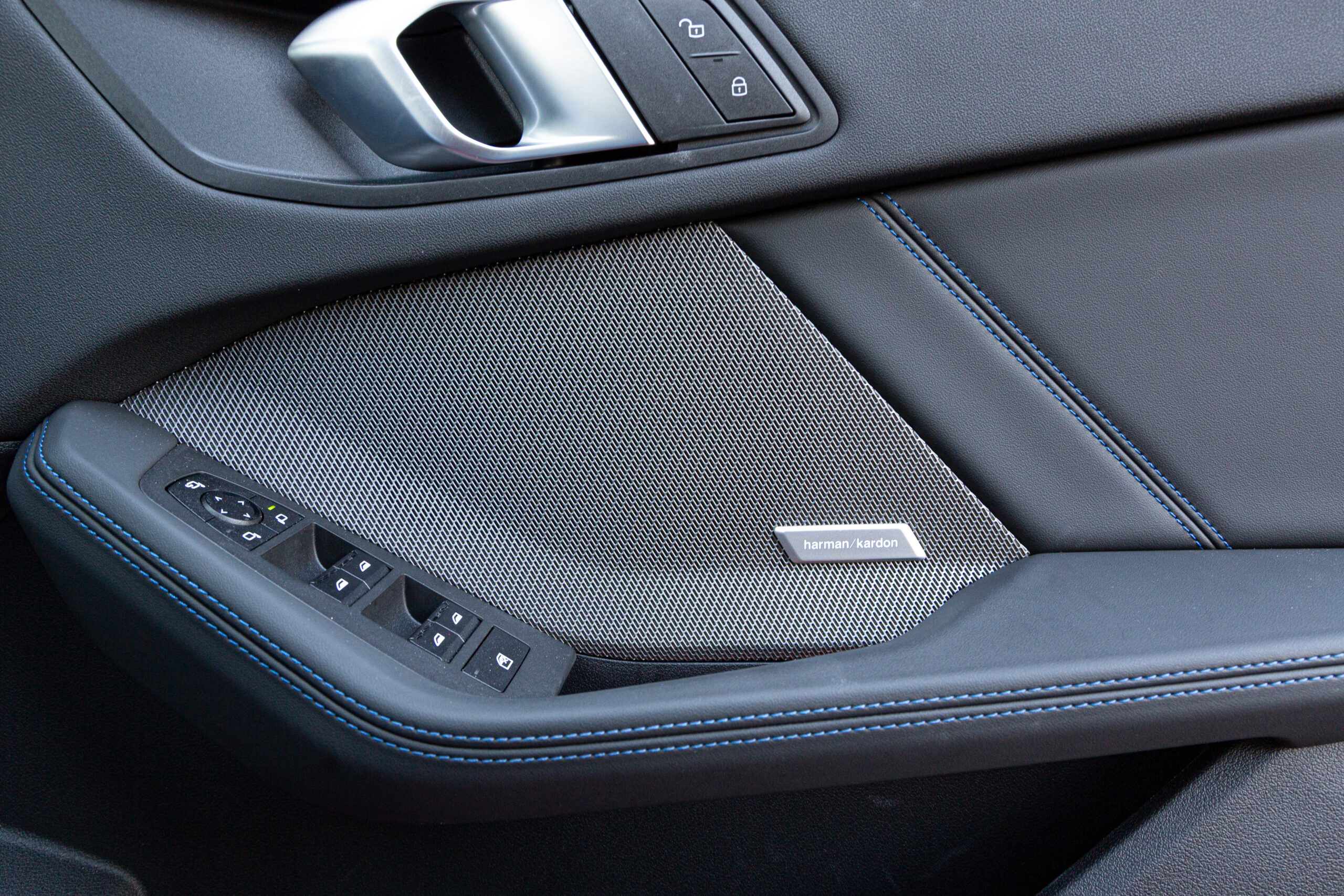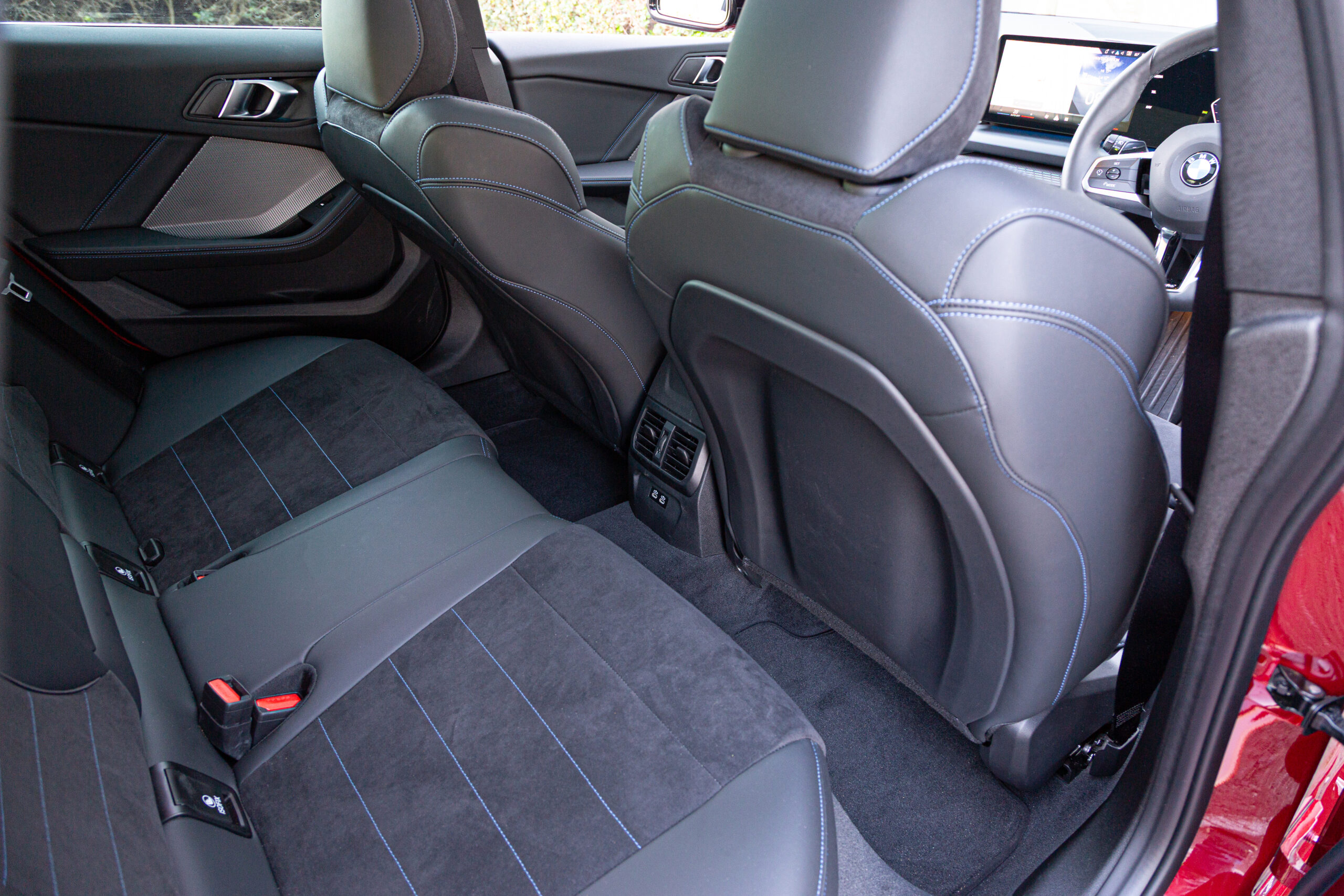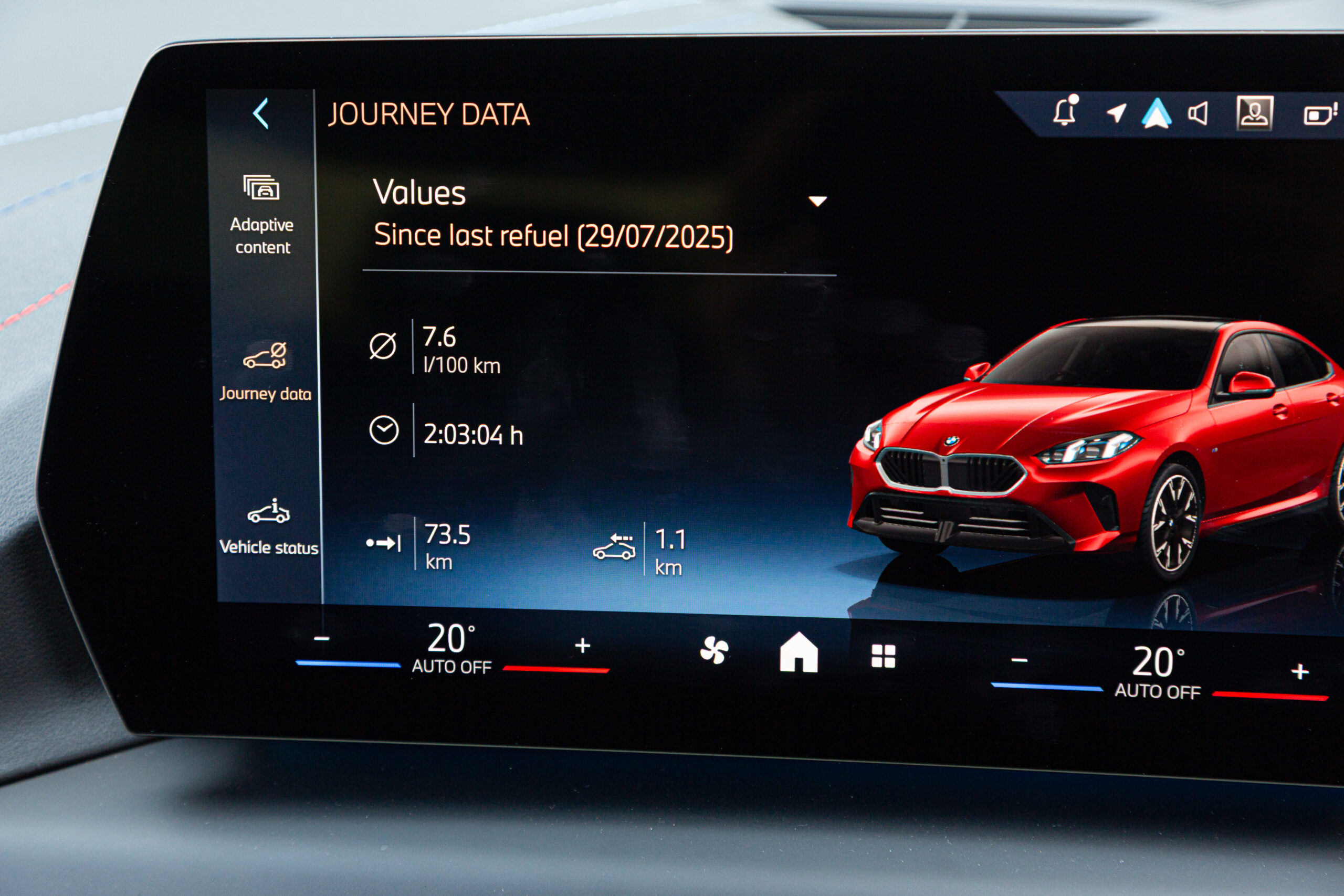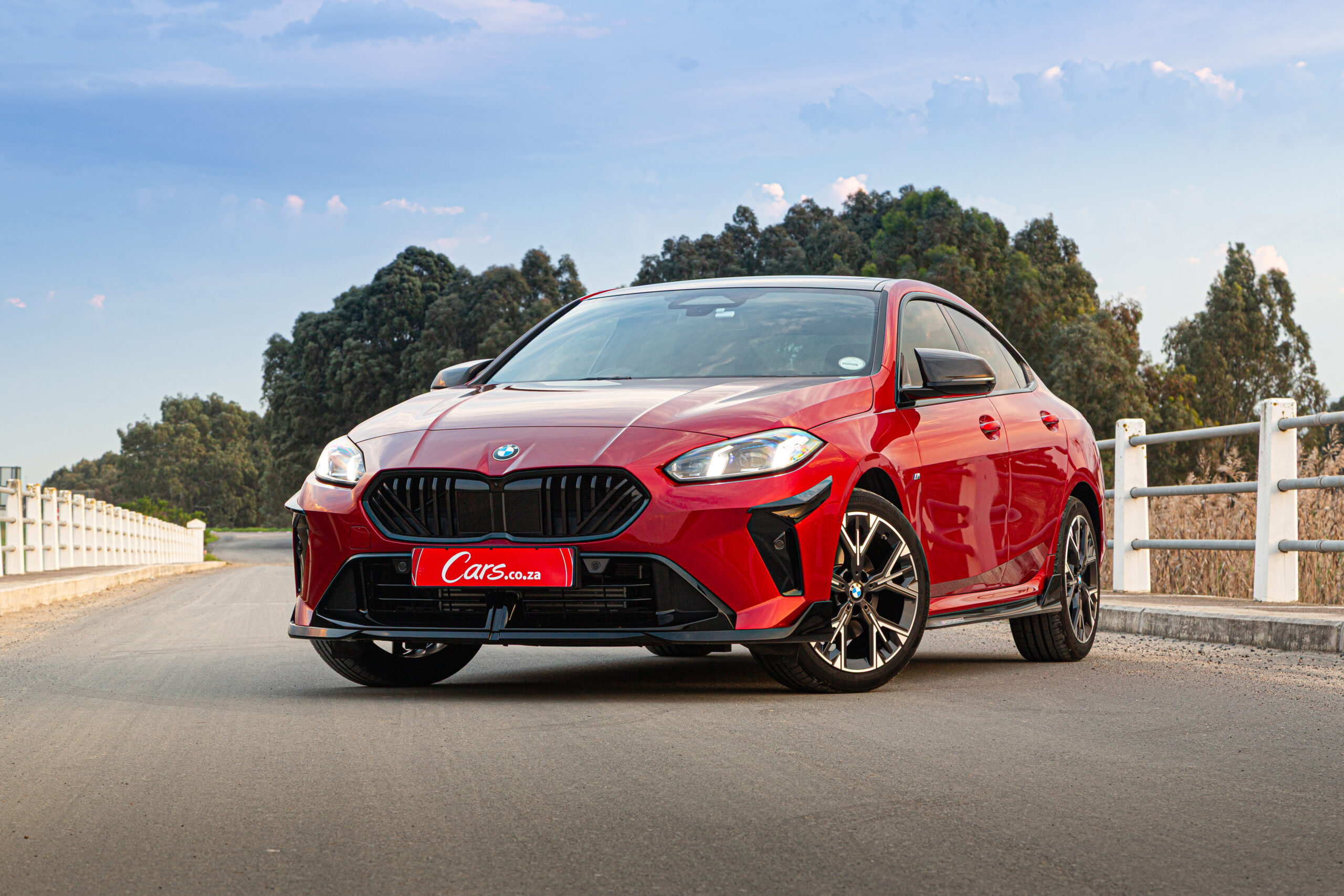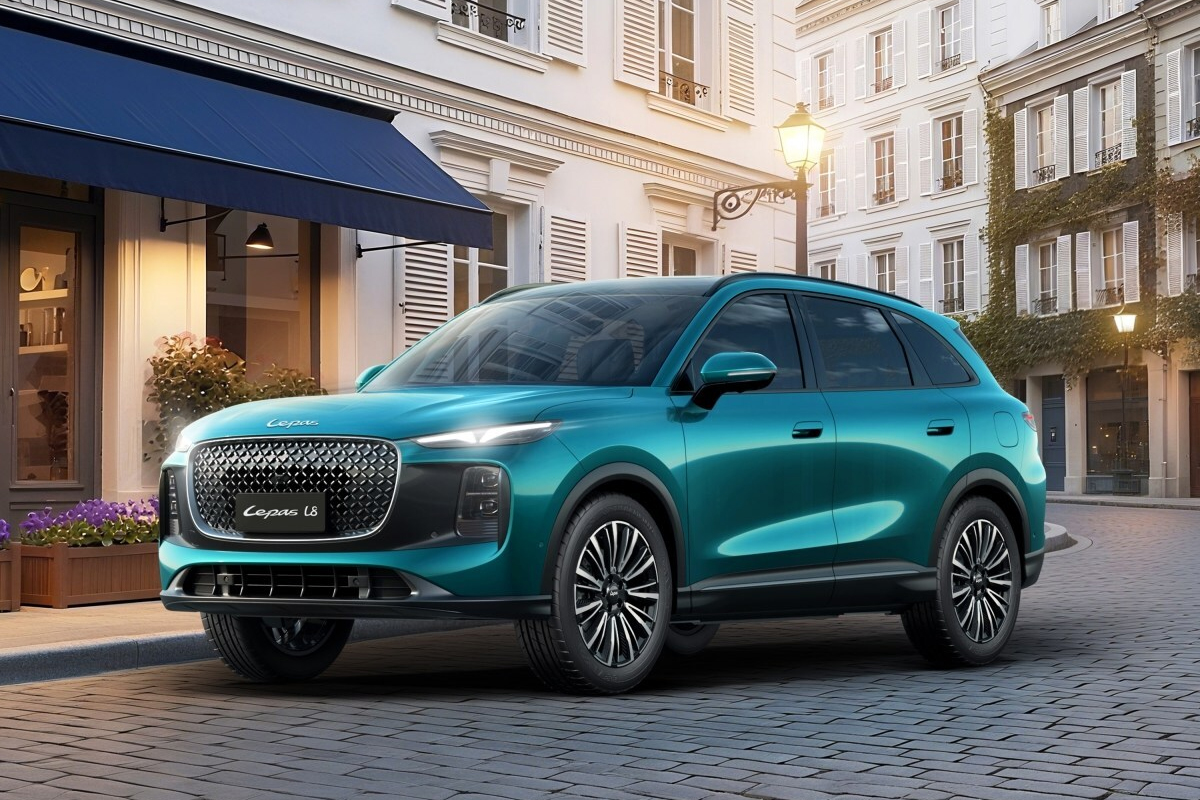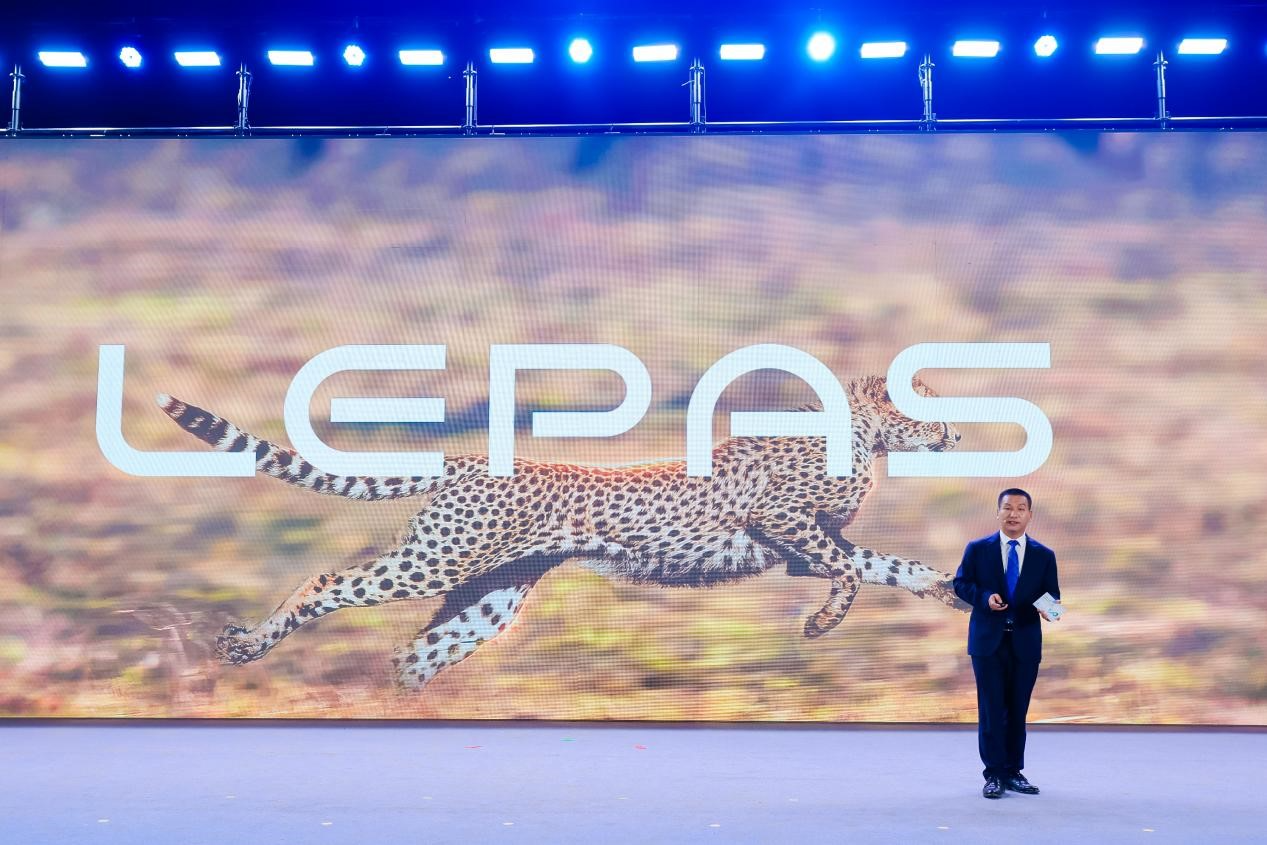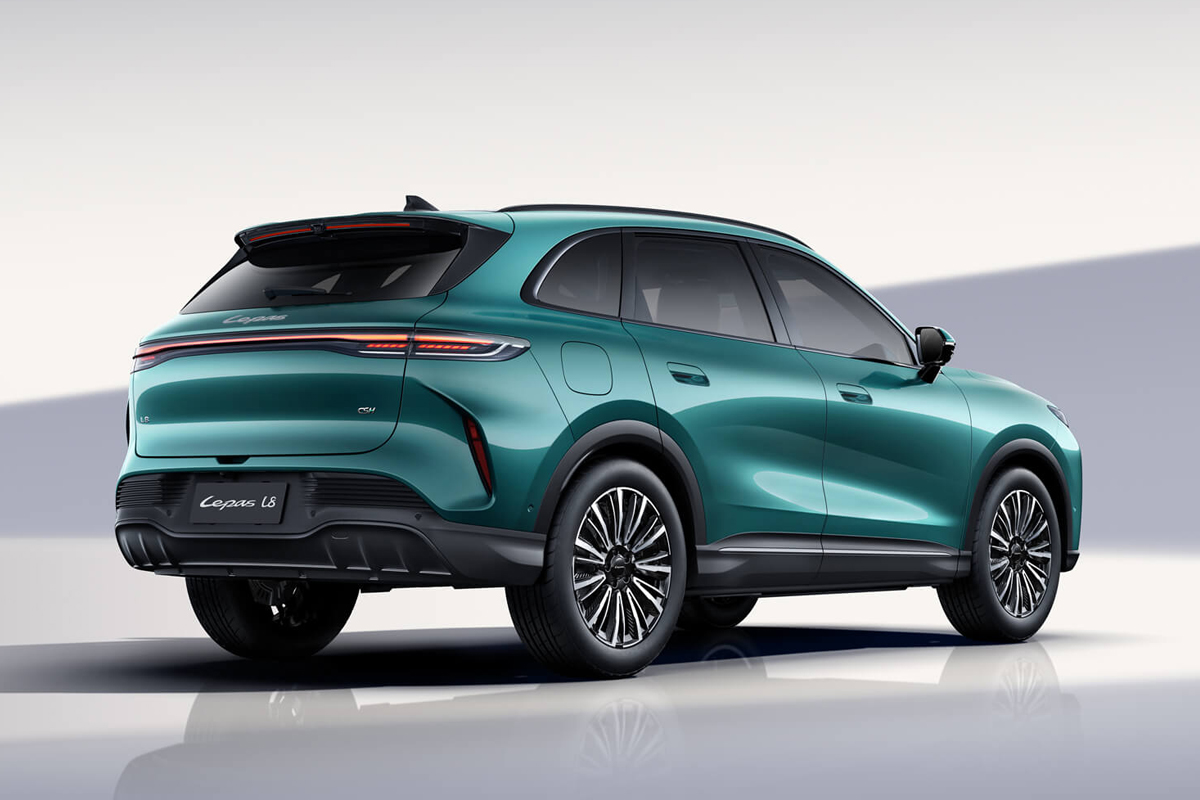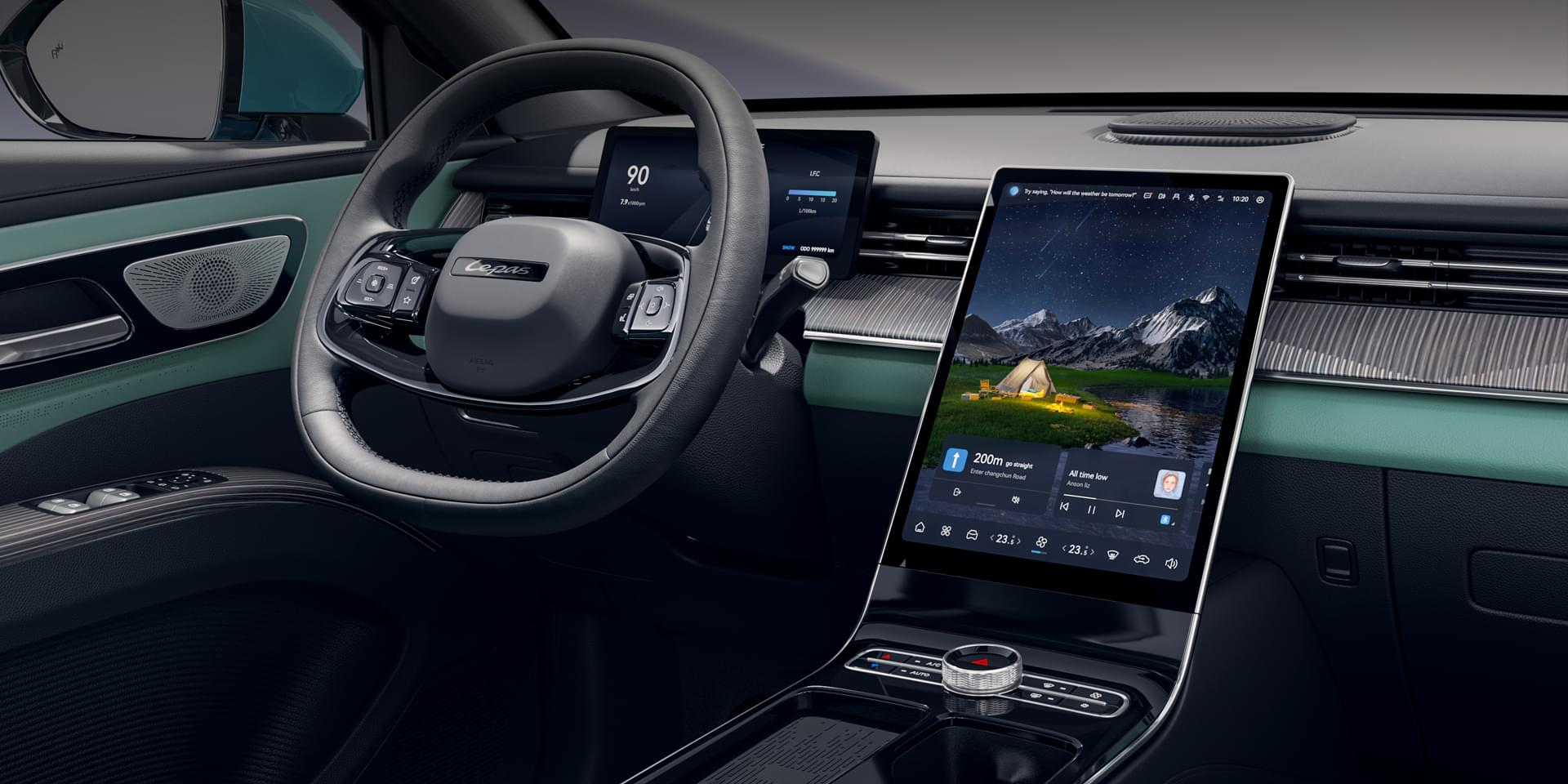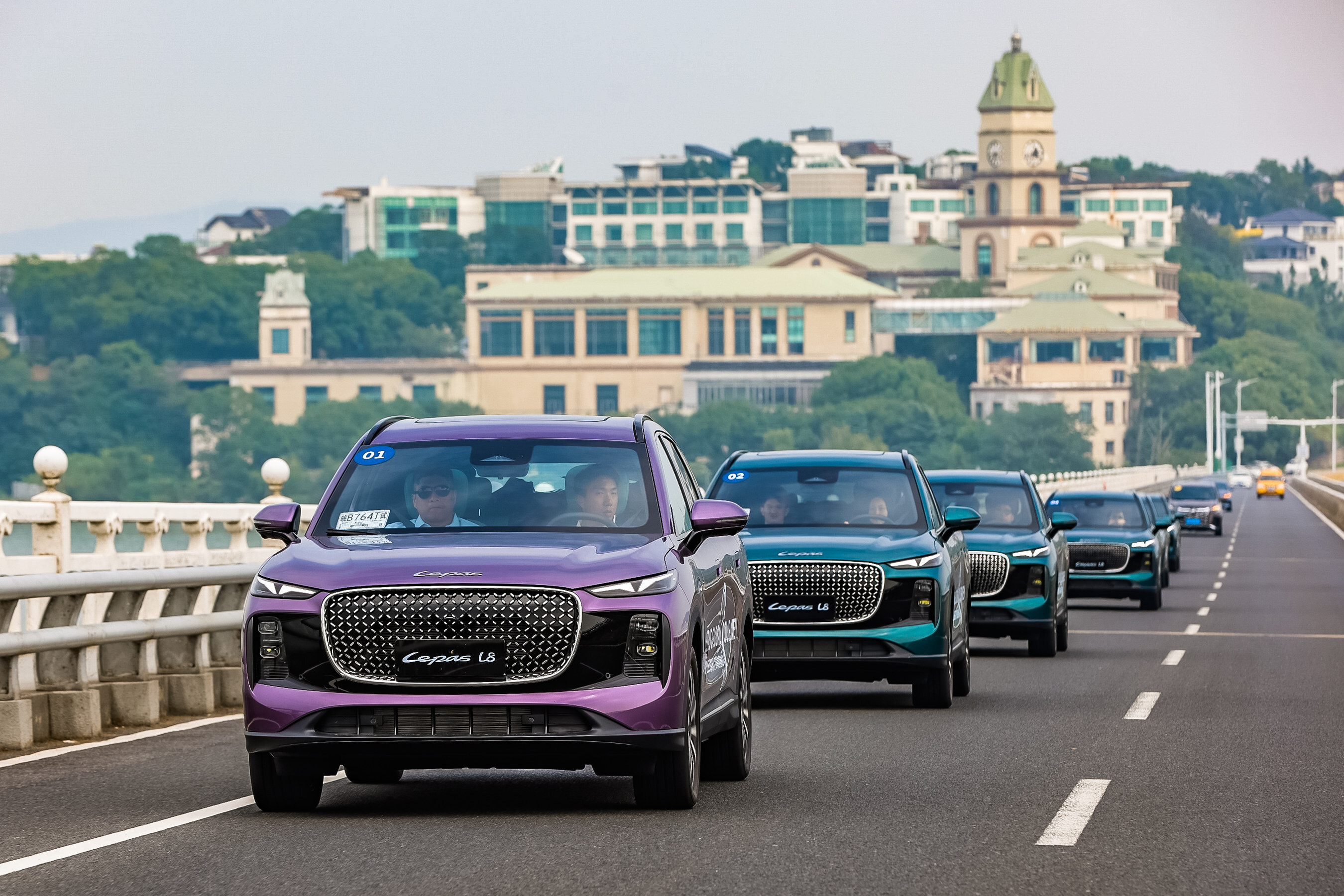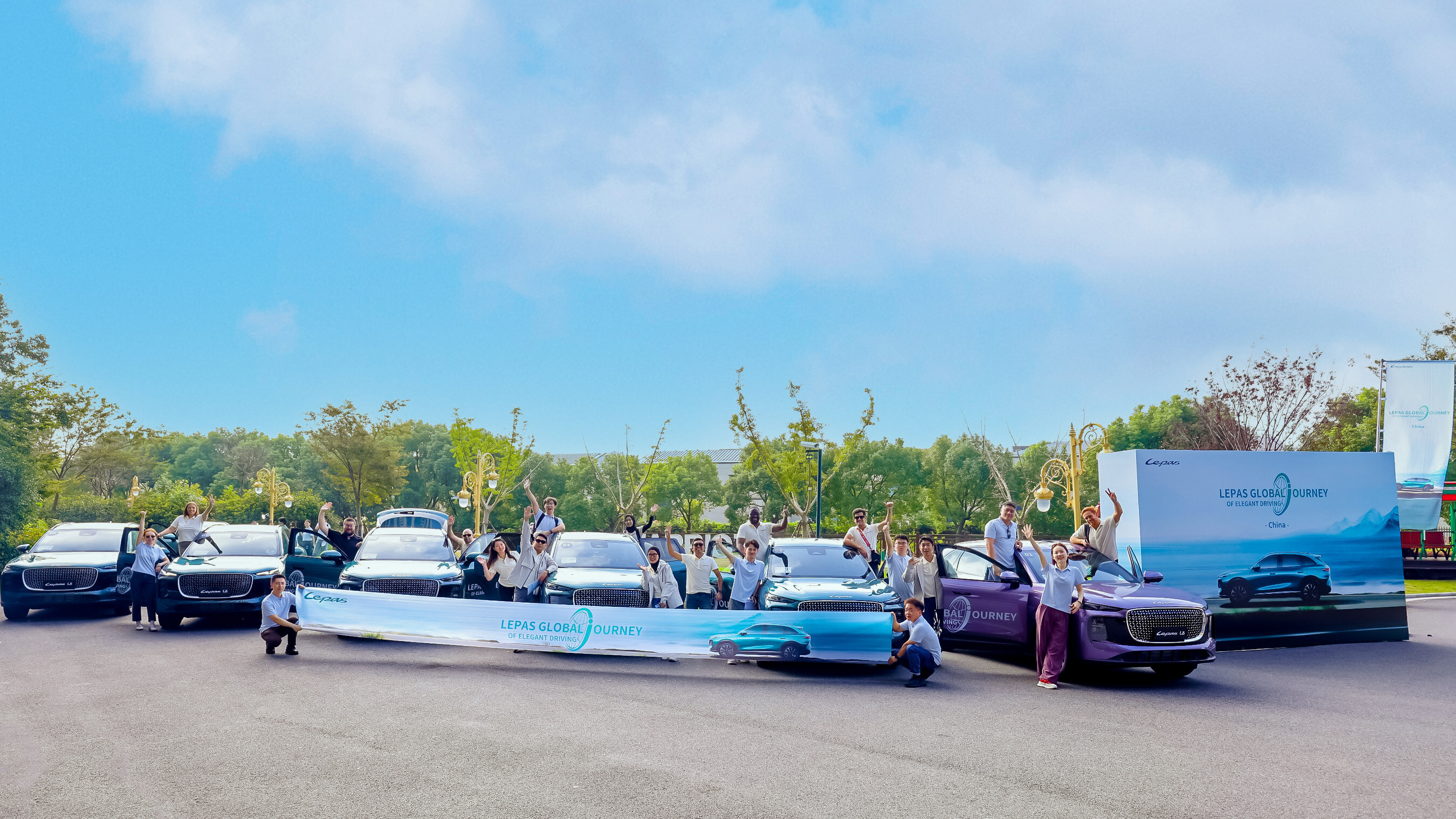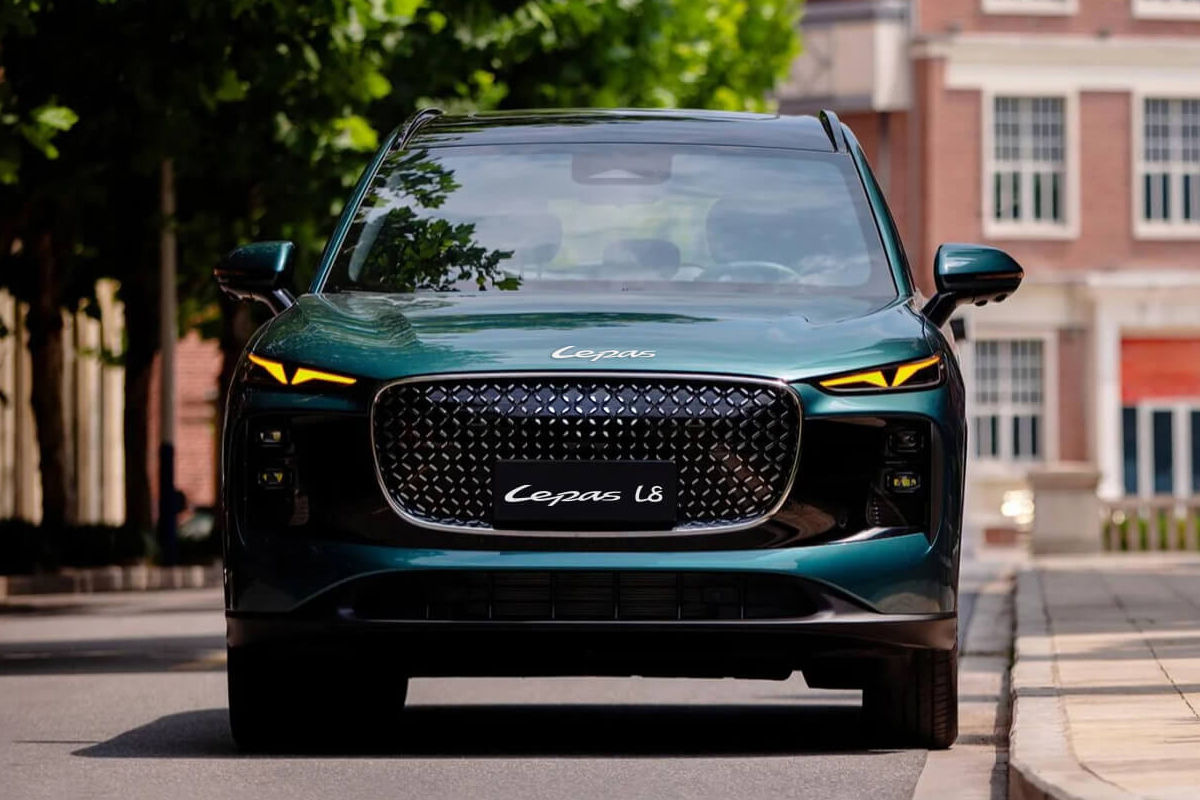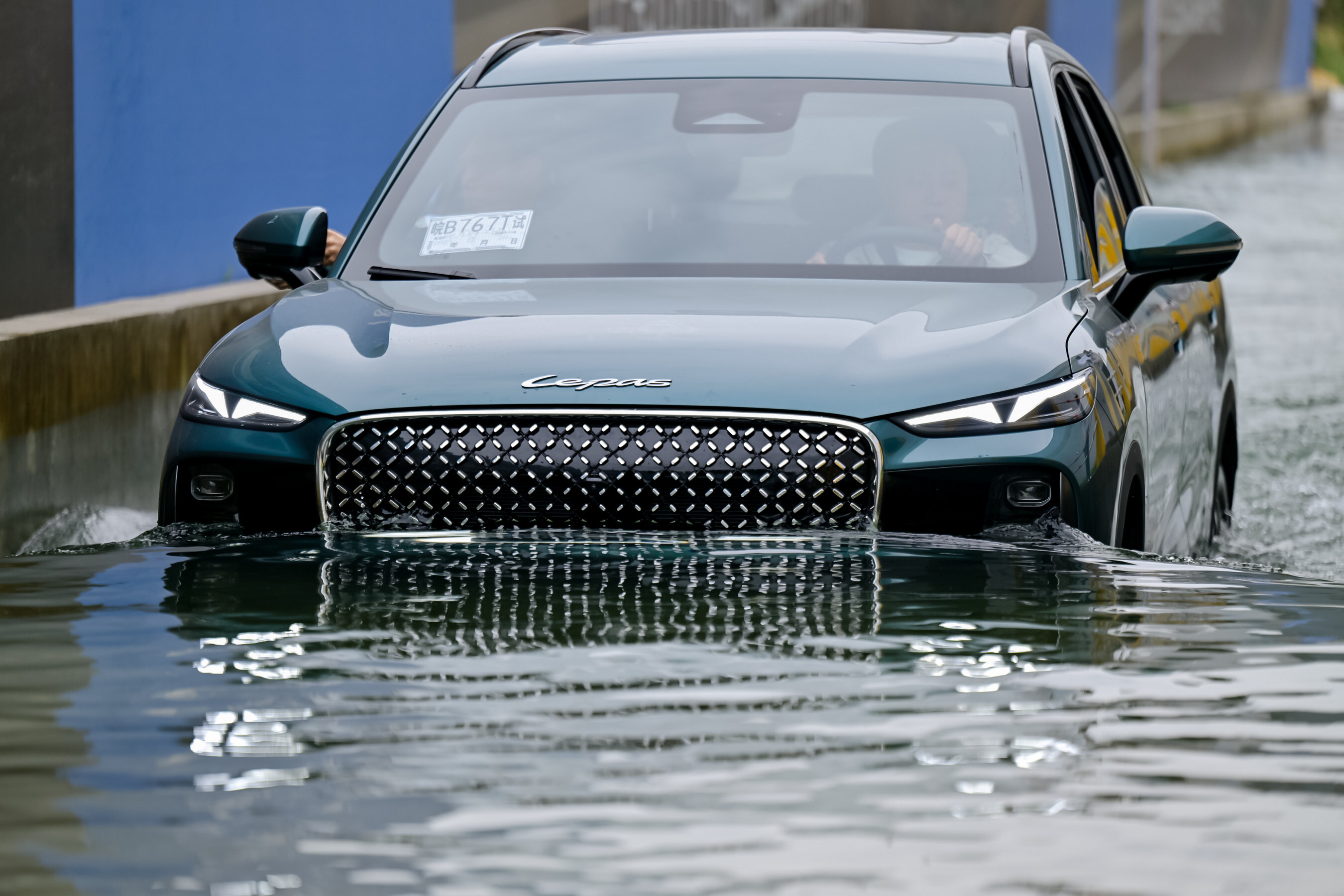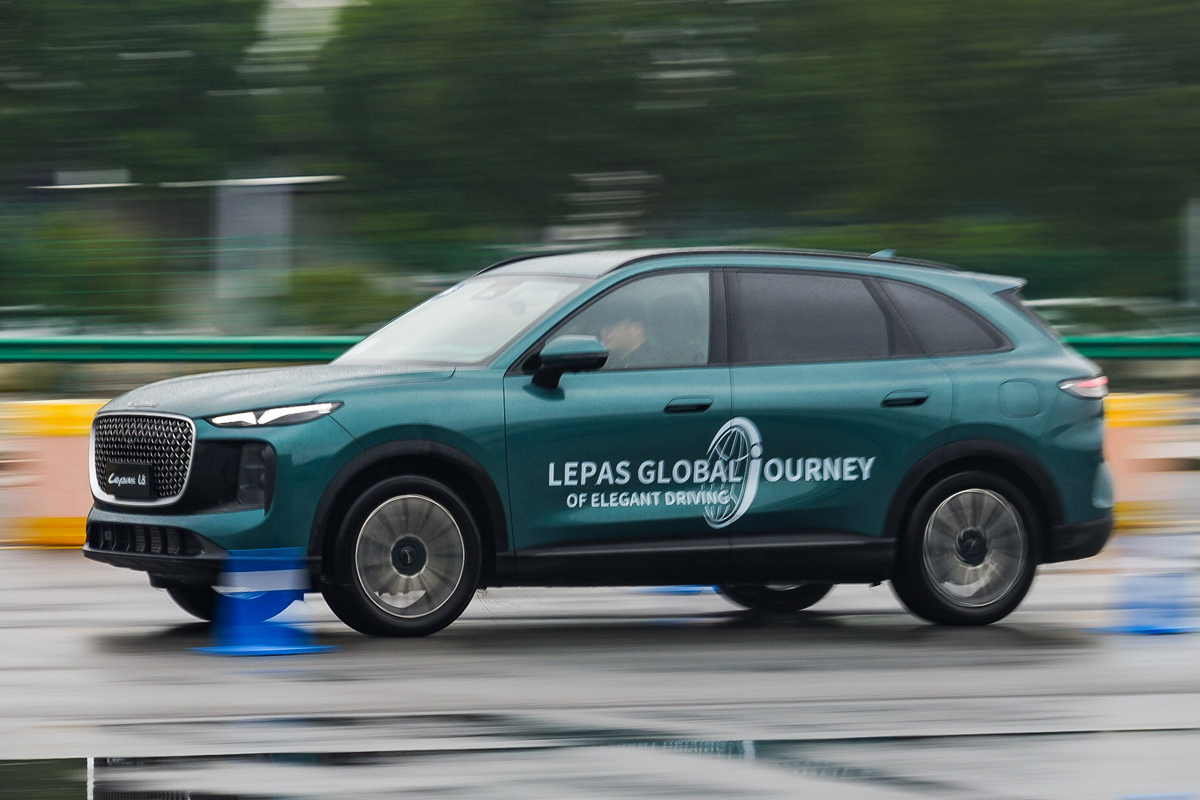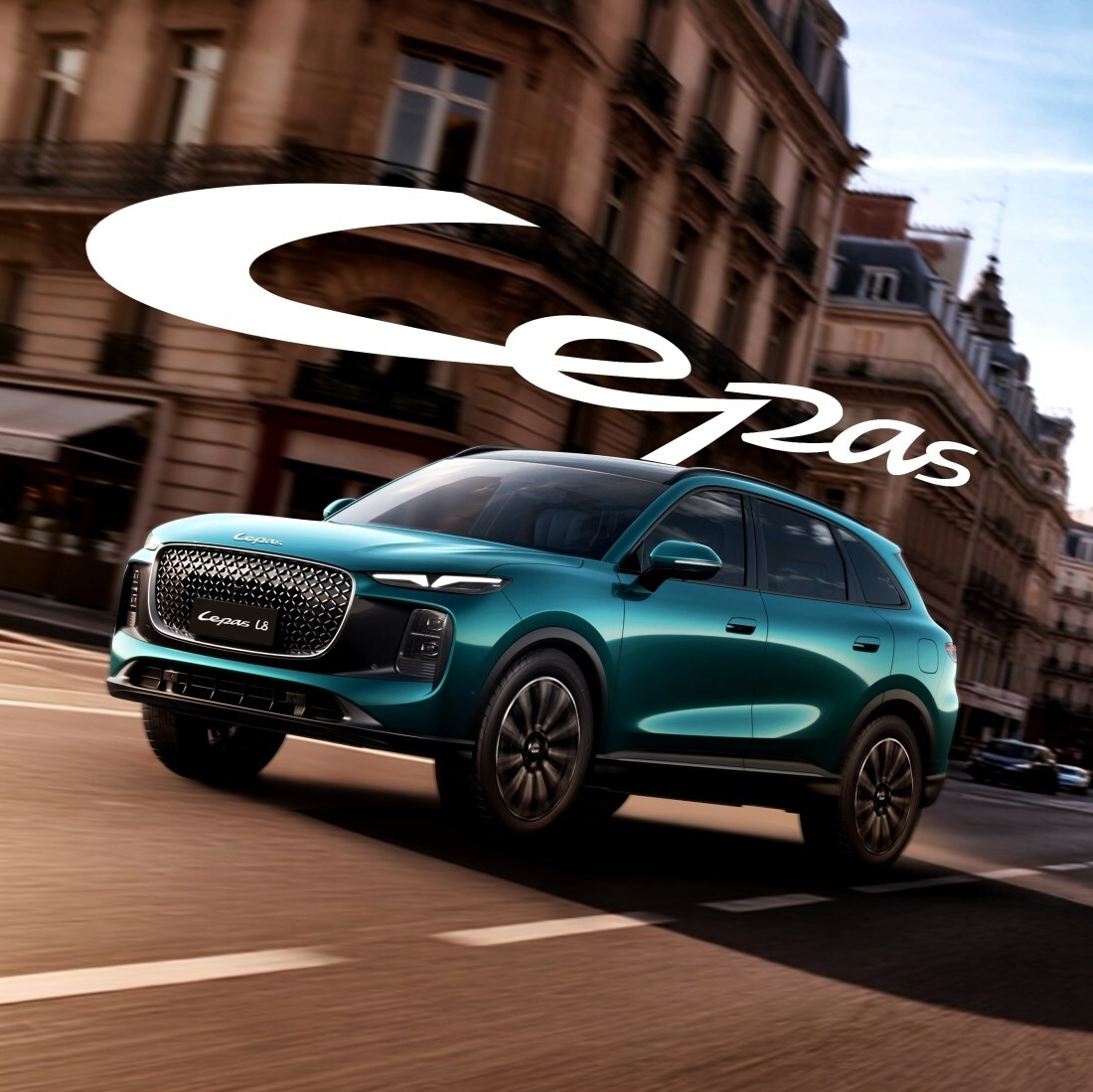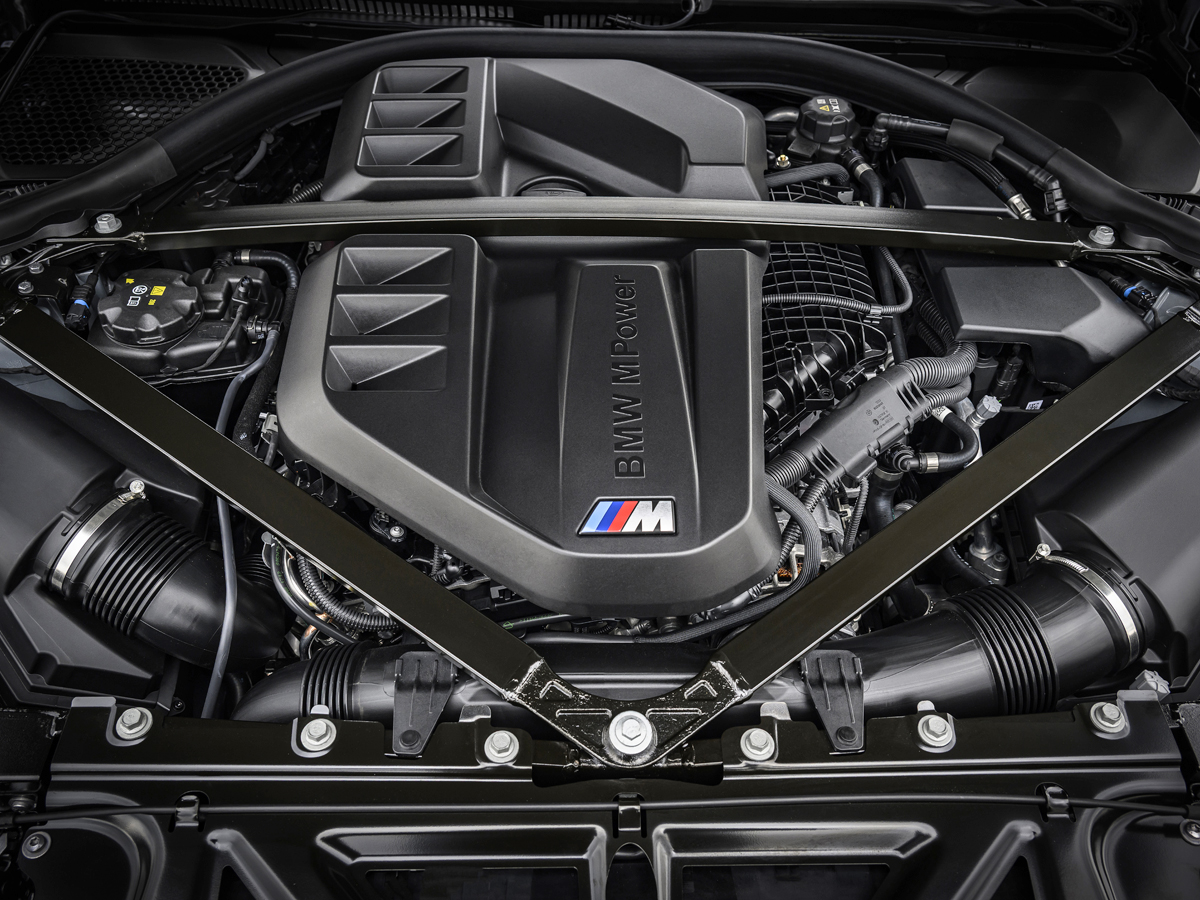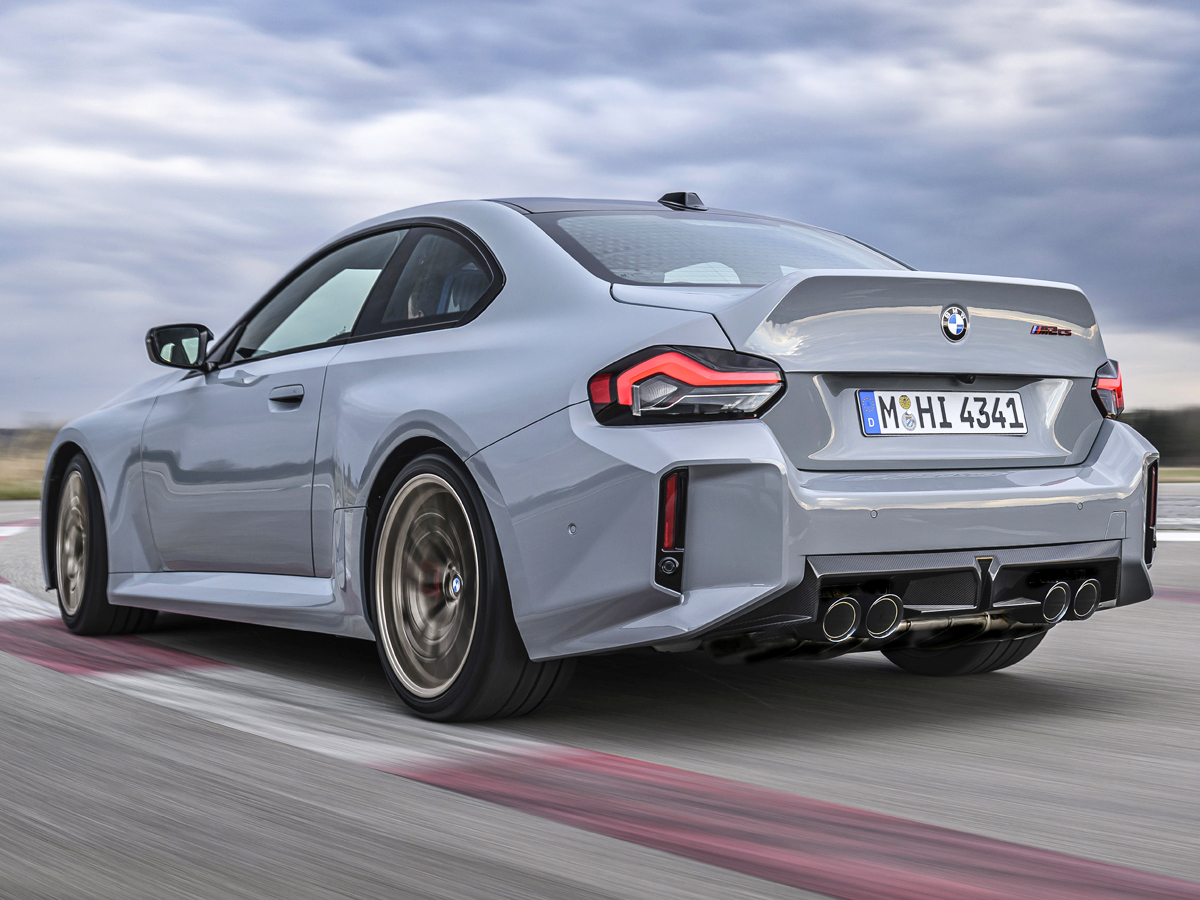Renault Kiger (2025) Launch Review
The 2025 Renault Kiger has arrived in South Africa, though only in naturally aspirated form. Also, the facelifted model’s starting price has dropped by R30 000, making it the most affordable budget crossover in our new-vehicle market. We take it for a spin!
Many of South Africa’s 1st-time new-car buyers spend their hard-earned money on budget crossovers. Since 2021, the Kiger (the successor to the Sandero) has made Renault a rather popular brand in that tightly contested segment. Now, in a bid to stay ahead of the competition, the French brand has given its small SUV an updated look and, importantly, very keen pricing that starts at R219 999 (November 2025).
See also: Renault Kiger (2025) Price & Specs

South African consumers are not easy to impress, but the Kiger managed to do exactly that since it landed on our shores – it notched up sales of an impressive 28 000 units in under 5 years. Out of that total, normally aspirated variants of the Nissan Magnite’s French cousin accounted for 15 000 sales.
See also: 2025 CarsAwards: Best Budget Crossover in SA
Turbos are all the rage, but non-turbos offer better value
This proves that a vehicle’s price point plays the most critical role in its acceptance in our market, as the non-turbocharged Kiger derivatives offer better value compared with punchier, turbocharged siblings.

Despite the Kiger’s impressive sales figures, its rivals – such as the Hyundai Exter, Mahindra XUV 3XO, Suzuki Fronx, and Tata Punch – also offer value, reliability and practicality. Renault has no choice but to keep evolving its contender to stay top of mind. Renault South Africa aims to do so with the normally aspirated version of the 2025 Kiger, which is, officially, South Africa’s most affordable crossover.
See also: Hyundai Exter review – A proper budget car offering?
2025 Renault Kiger: Simpler, renamed line-up
Renault South Africa has trimmed the 2025 Kiger range from 7 to 3 derivatives and changed its trim-grade naming, as it did with the Triber small MPV. Gone are the Life, Zen and Intens nomenclatures; they’ve been replaced by the Evolution, Techno and Iconic, each representing a higher specification.
See also: Renault Triber (2025) Launch Review
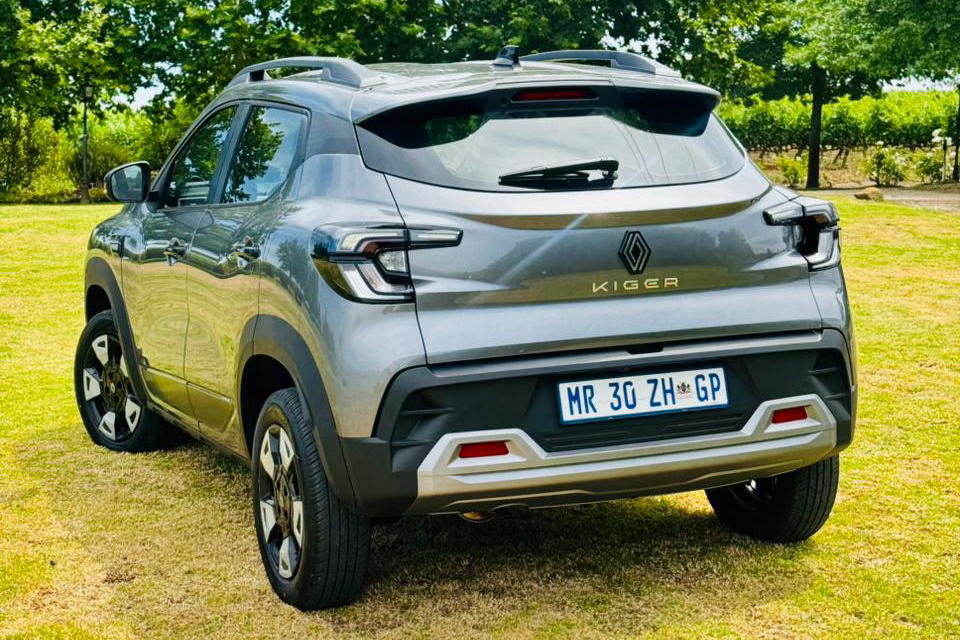
At the launch event, Renault presented Evolution and Techno variants (the Iconic version will be launched at a later date). We drove a Techno variant – it represents the middle ground in terms of specification (it includes items such as 16-inch wheels, LED headlamps and keyless entry, to name just a few) and is the derivative that you’d expect to be the most balanced in terms of standard features.
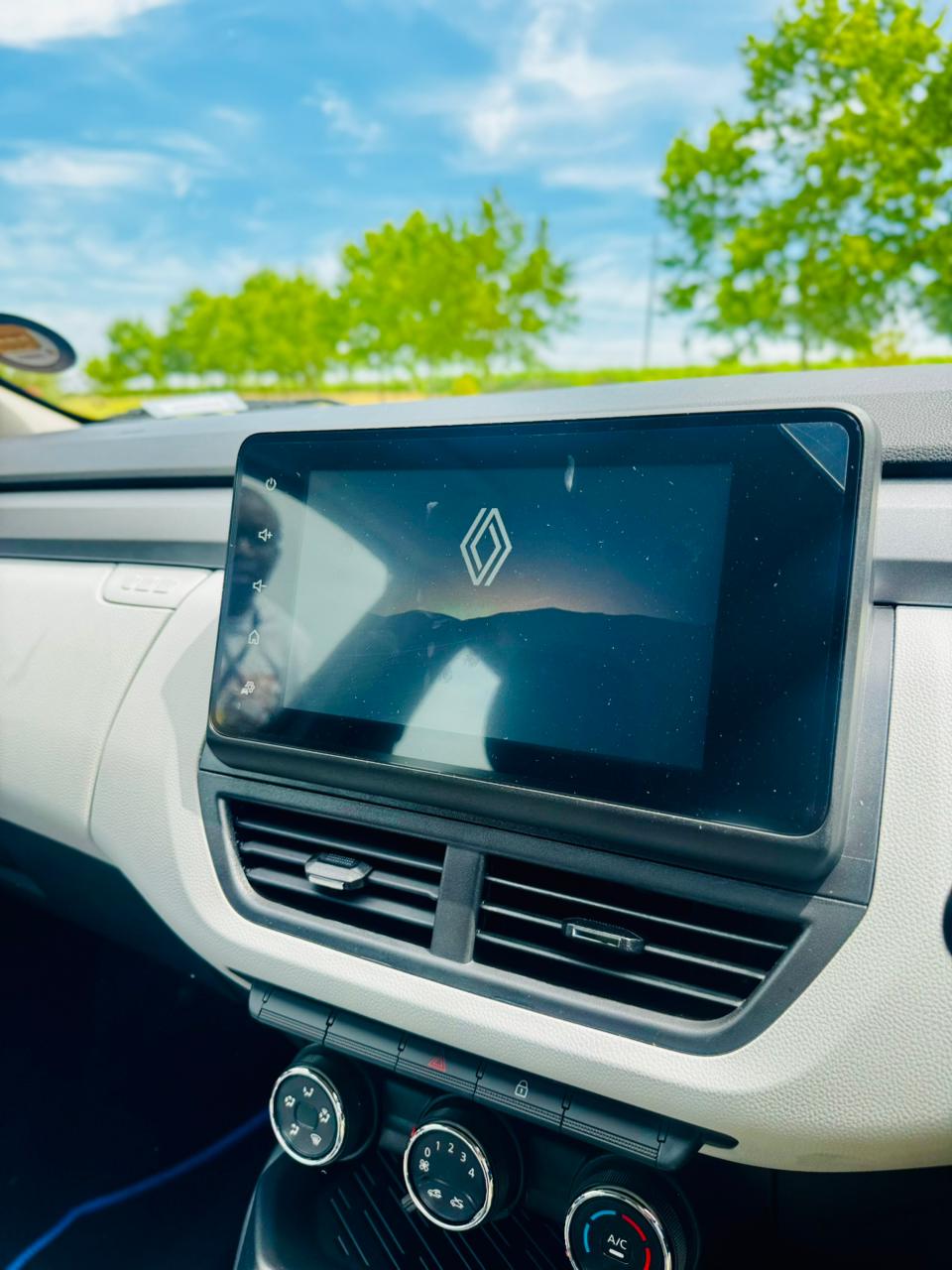
However, buyers of the entry-level Evolution variant (available exclusively with a 5-speed manual ‘box) need not worry that they’ll be receiving a “bare bones” car. It still comes with an 8-inch touchscreen infotainment system with wired smartphone mirroring, a reverse-view camera, steering wheel-mounted controls, electric windows all round, as well as electrically adjustable side mirrors, among other things.
Suffice it to say, from a standard-specification perspective, the Kiger line-up demonstrates that Renault South Africa understands exactly what most consumers in this segment are looking for: excellent value.
See also: Suzuki Fronx – 3 Reasons to Buy
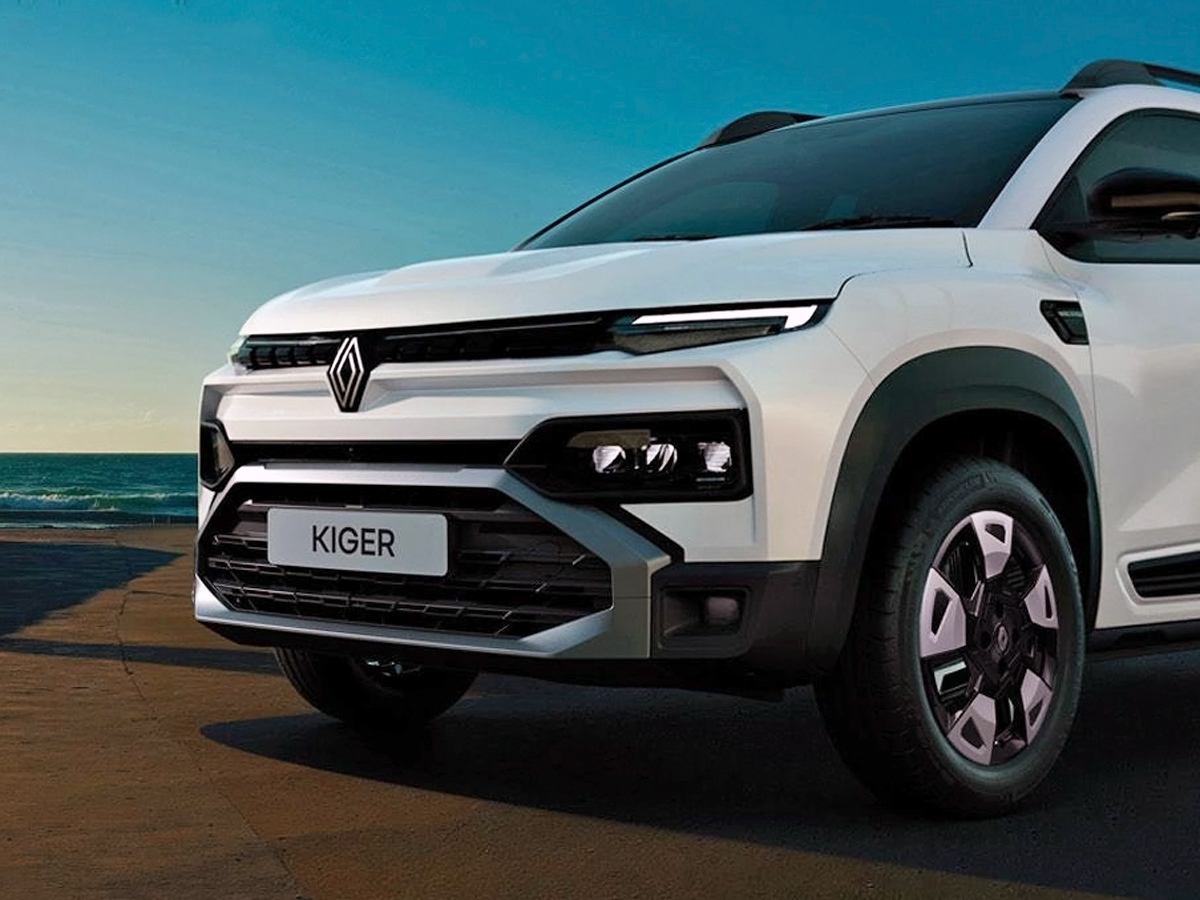
Renault rings the changes for the 2025 Kiger
The updates to the Kiger’s exterior design are welcome as the French small crossover now looks even more modern and striking. The front end has been revised with a new bumper, bonnet and skid plate, and the rear has had the same treatment, with LED taillights being a standard feature across all variants.
Like all modern Renaults, the Kiger also features La Régie’s new badge with the name of the vehicle proudly placed below the badge at the rear. The overall exterior aesthetic is pleasing to the eye, especially in Techno spec, as the alloy wheels make the stance of the Kiger, dare we say it, sporty.
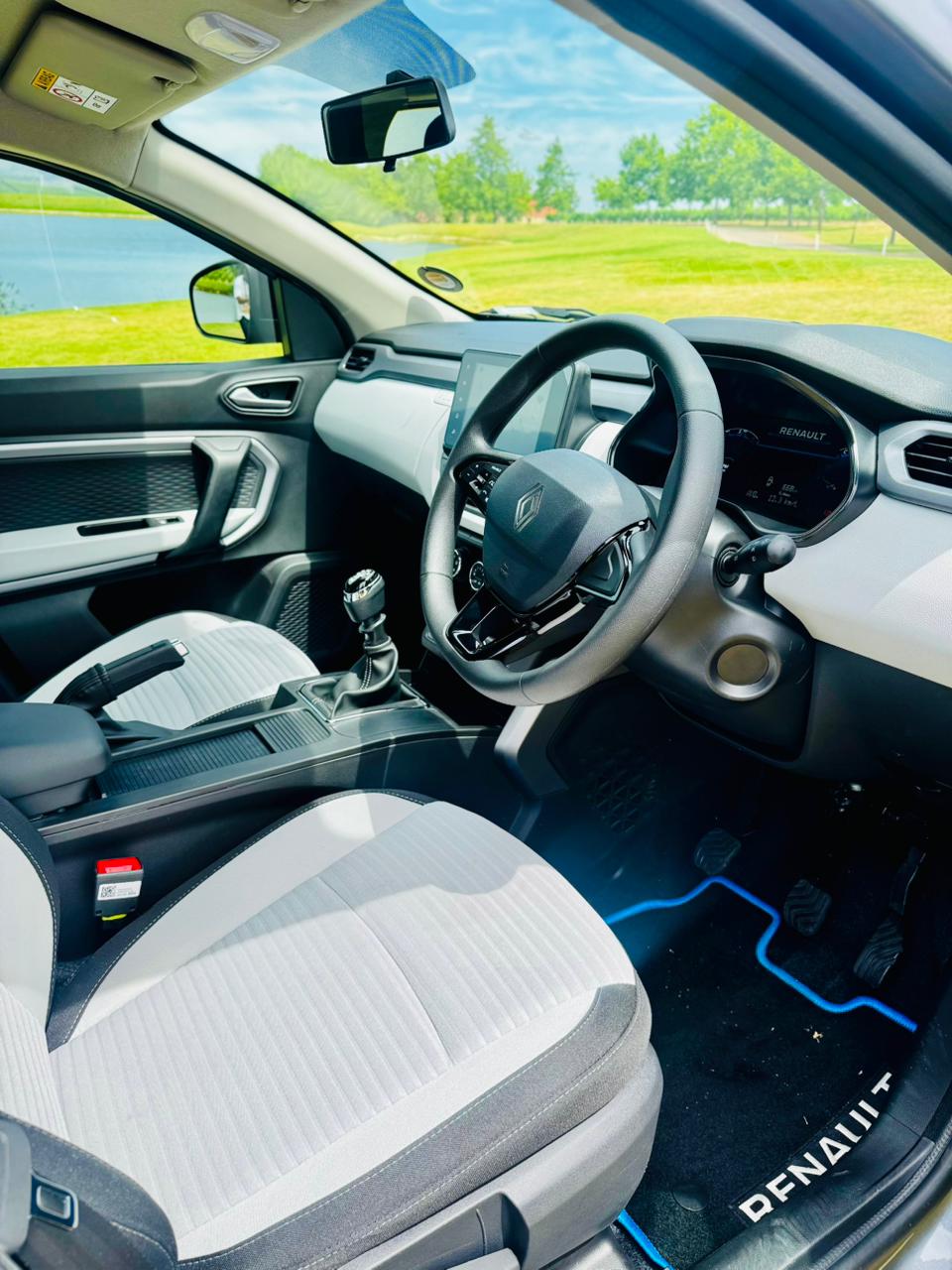
Inside our test unit, the dual-tone seat trim added some flair, and while hardy interior plastics are expected to abound in a budget crossover, the ones used in the Kiger didn’t feel horrible to touch.
To keep things interesting, design-wise, a dual-tone dashboard has been introduced, and the fascia features a cooling button that will make hydration lovers happy – the Kiger comes equipped with a cooled glovebox, meaning your liquid refreshments can stay nice and cold during a road trip.
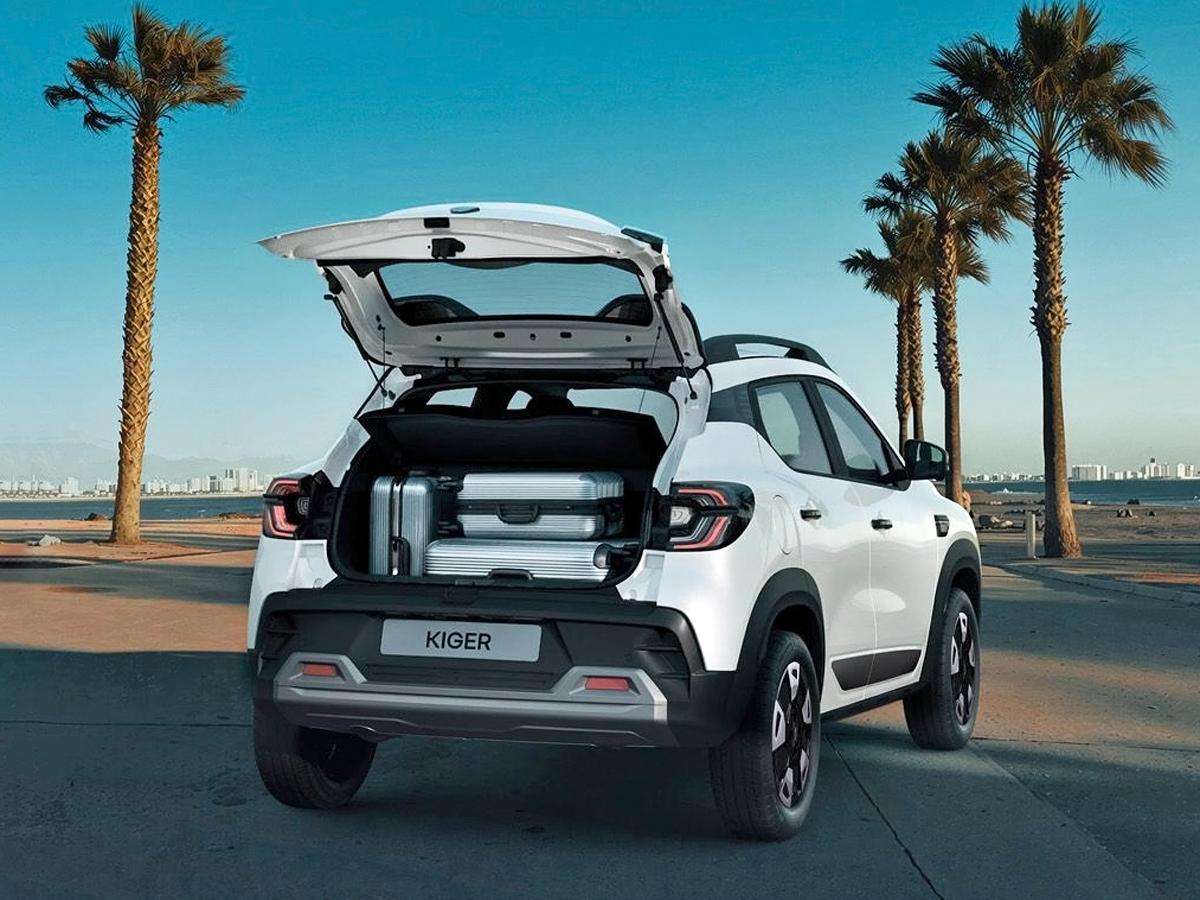
Occupants of the Kiger will be seated comfortably as the rear legroom is ample (knee room is claimed to be 222mm, which is quite acceptable) and the load bay is said to have a 405-litre capacity.
To further entice budget-conscious weekend adventurers, the 2025 Renault Kiger comes equipped with roof rails that are said to be capable of handling loads of up to 50 kg. It also has ground clearance of 205 mm, so you can plan outdoorsy getaways with reasonable confidence (as long as you won’t need 4×4).
See also: Mahindra XUV 3XO review – best budget car on sale right now?

What is the 2025 Renault Kiger like to drive?
Look, 53 kW and 96 Nm are, at best, workmanlike outputs. Even with 2 adults and no luggage aboard the Kiger, its normally aspirated 1.0-litre 3-cylinder engine required a lot of input from my right foot to muster meaningful acceleration. Thankfully, it’s not painfully slow, but overtakes may require some planning.
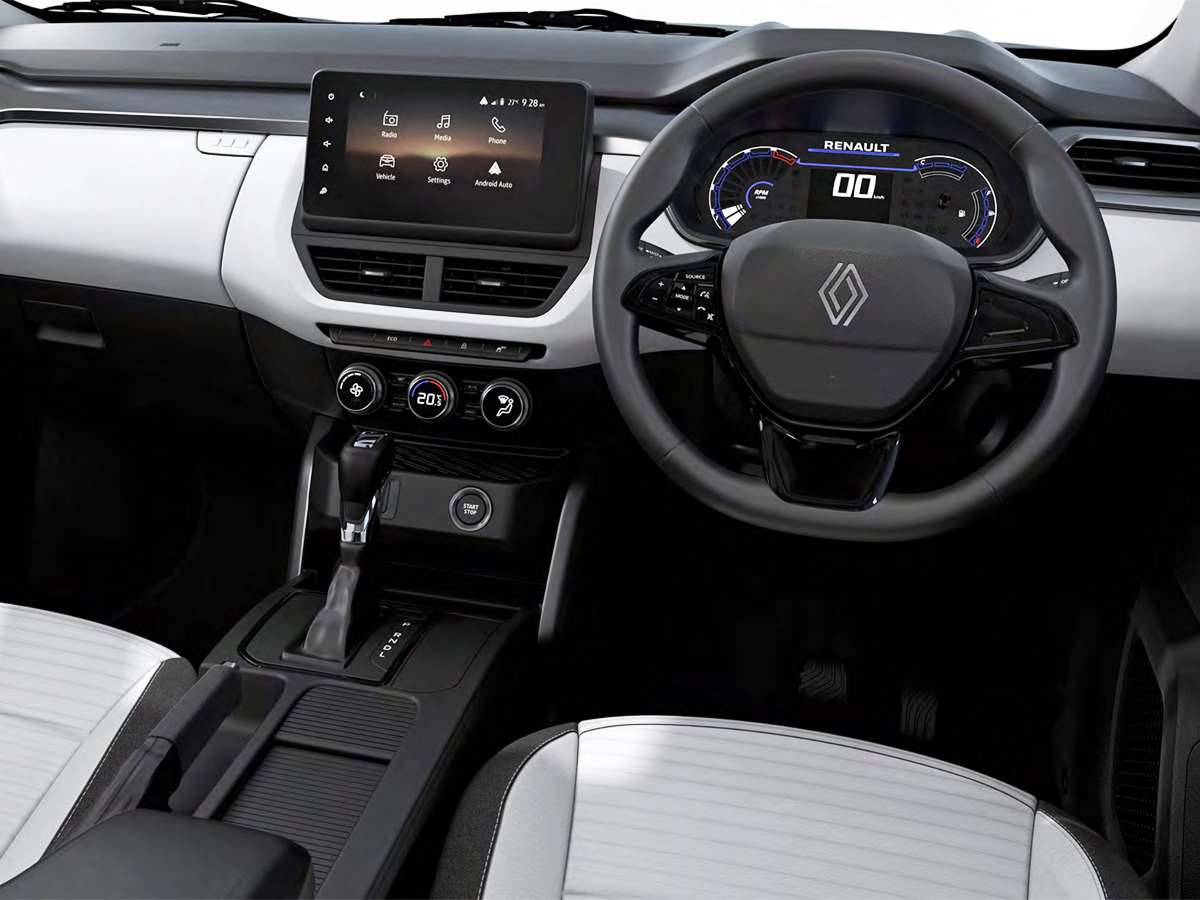
Considering the 2025 Renault Kiger’s market positioning, its prospective buyers are unlikely to expect hot hatch-rivalling performance, so in that sense, its powerplant is adequate – more than capable of getting you from A to B. The manual gearbox and clutch pedal do, at times, feel a bit sloppy to operate, especially in the first 3 gears; thereafter, gears (4 and 5) engage with a bit more precision.
However, once you become familiar with how the ‘box shifts through the gate, it’s possible to drive the Kiger effortlessly. Despite my personal misgivings about the “stick shift”, I would still opt for a manual variant over one fitted with an automated manual transmission (AMT). That AMT, in conjunction with a small-capacity normally aspirated engine, makes the car feel more underpowered than it is.
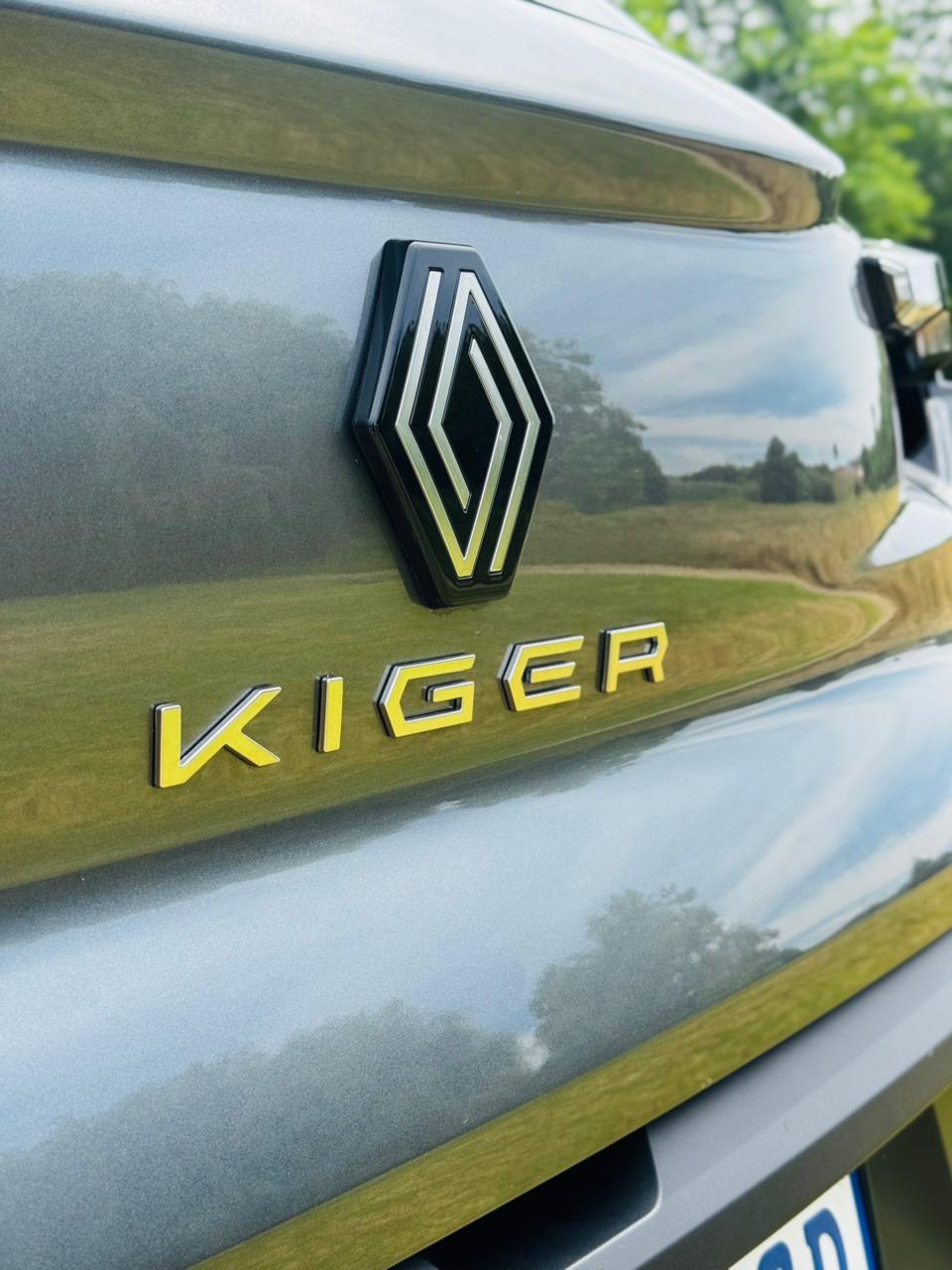
Meanwhile, the Kiger offers a comfortable ride quality by virtue of excellent damping (certainly for a vehicle offered at this price point). NVH levels are also impressive for a car in this class, and the 16-inch wheels and tyres lend the car a more surefooted character, which will be perfect for longer distance travel and more likely to handle various road types with confidence..
See also: Tata Punch (2025) Price & Specs
What does the 2025 Renault Kiger cost in SA?
| DERIVATIVE | PRICE |
| Renault Kiger 1.0 Evolution 5MT | R219 999 |
| Renault Kiger 1.0 Techno 5MT | R244 999 |
| Renault Kiger 1.0 Techno 5AMT | R254 999 |
Prices (November 2025) include a 5-year/150 000 km warranty and a 2-year/30 000 km service plan.
New Renault Kiger Specs & Prices in South Africa
Find a new/used Renault Kiger for sale on Cars.co.za
Some dealerships regularly offer great deals. See our New Car Specials!
Looking to sell your car? Sell it on Cars.co.za for free
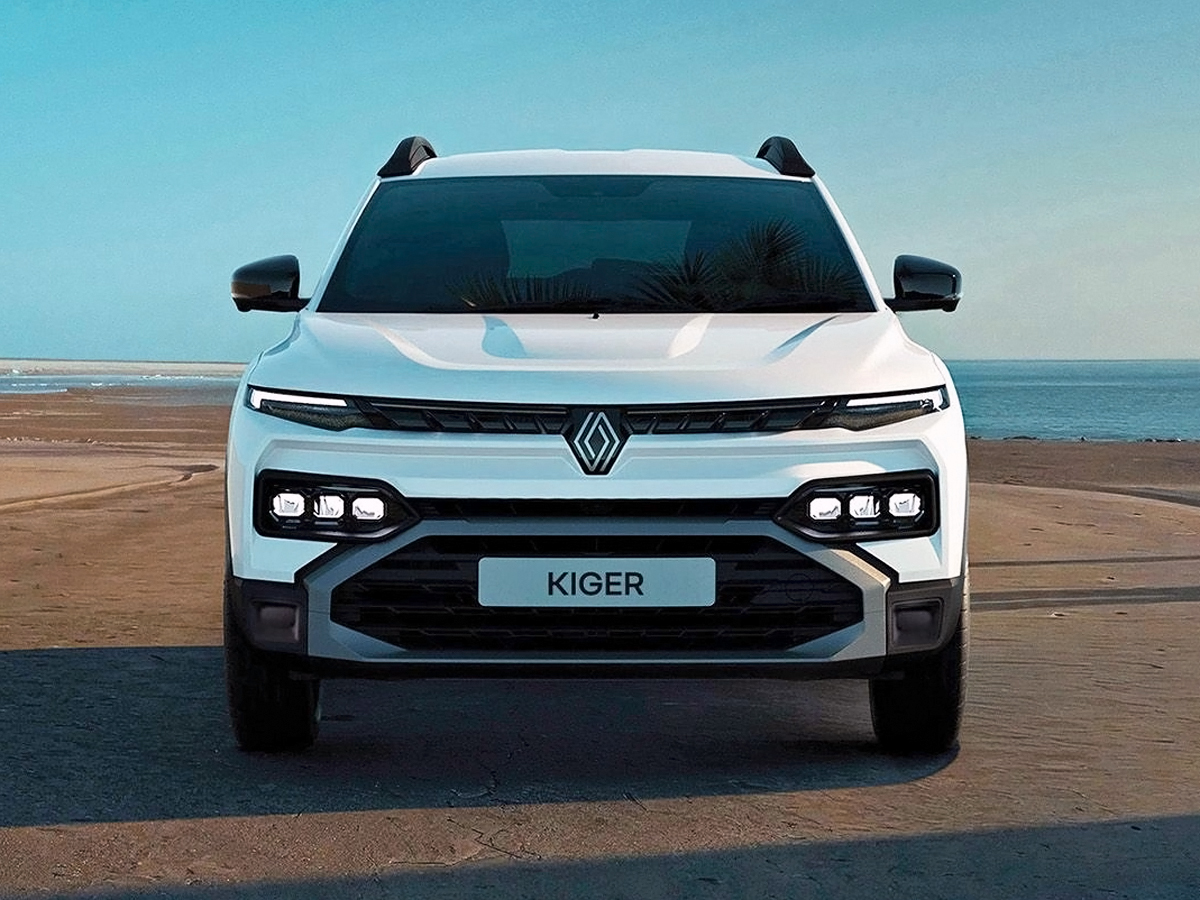
Summary
A young family going on an adventure: that’s what comes to mind when you think of the Kiger. And one can understand why consumers have taken a liking to this product: it comes with many features that will suit an adventurous lifestyle. Has Renault done enough to keep its target audience interested? I think so!
The prospect of a turbocharged 2025 Renault Kiger excites me and will undoubtedly appeal to those who can afford to spend a bit more. At the launch, we were shown a teaser video of the upcoming 1.0T, and it looked very appealing indeed. Same package, more power, yet still not breaking the bank, what’s not to love? However, if you, like most local buyers, are not fussed about power, then the refreshed Kiger in its normally aspirated guise should definitely be on your budget-friendly crossovers shortlist.
Frequently Asked Questions (FAQ)
Q: What is the starting price of the 2025 Renault Kiger in South Africa and why is it significant?
A: The starting price for the entry-level 1.0 Evolution 5MT is R219 999. This price is R30 000 lower than the outgoing model’s entry point, officially making the Kiger the most affordable budget crossover in the South African new-vehicle market.
Q: Which engine derivatives of the 2025 Renault Kiger are available at launch?
A: At launch, the 2025 Kiger is only available in naturally aspirated (NA) form, using the 1.0-litre, 3-cylinder engine producing 53 kW and 96 Nm. The turbocharged variants will be introduced at a later date.
Q: What are the new trim level names for the 2025 Renault Kiger line-up?
A: The previous Life, Zen, and Intens grades have been replaced by the new, three-derivative line-up: Evolution, Techno, and Iconic.
Q: What is the boot capacity and ground clearance of the 2025 Renault Kiger?
A: The Renault Kiger is said to have a load bay capacity of 405 litres. It also features a generous ground clearance of 205 mm, making it suitable for moderate off-road use.
Q: What is included in the standard specification of the entry-level Kiger 1.0 Evolution?
A: Despite being the entry-level model, the Evolution comes standard with an 8-inch touchscreen infotainment system (with wired smartphone mirroring), a reverse-view camera, electric windows all round, and steering wheel-mounted controls.







